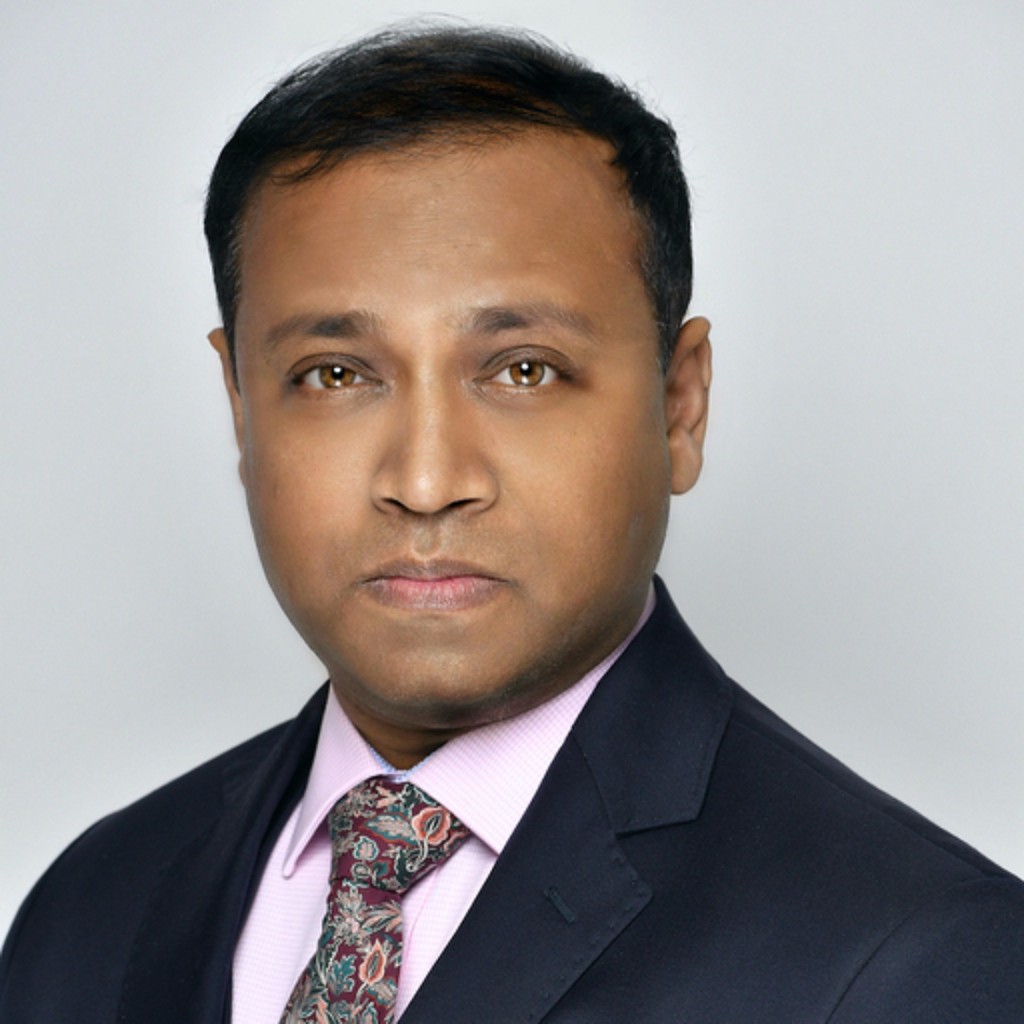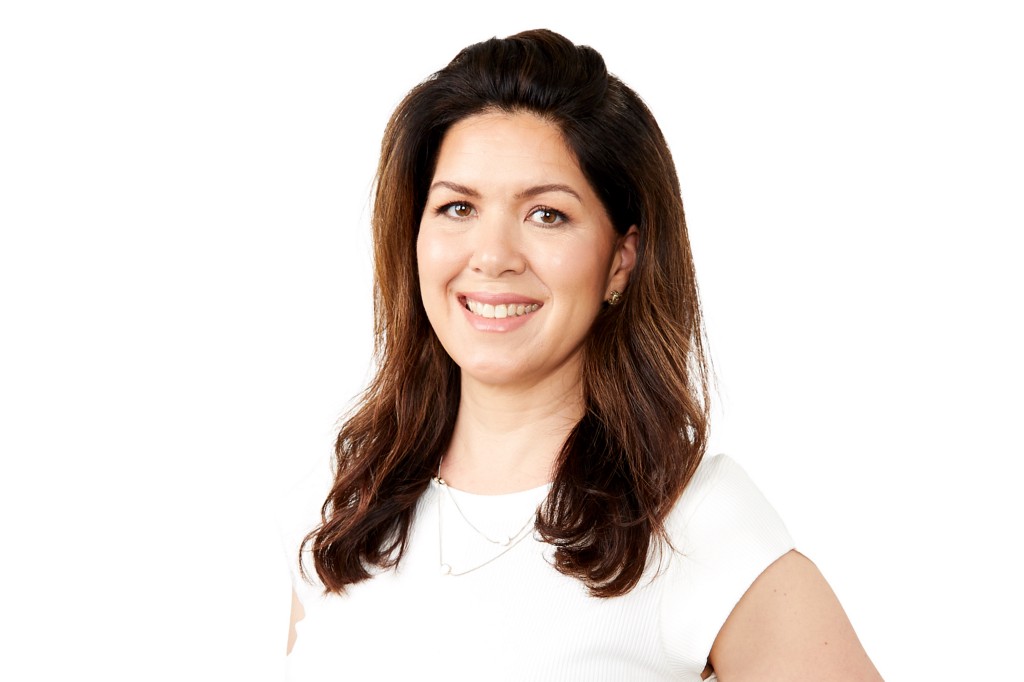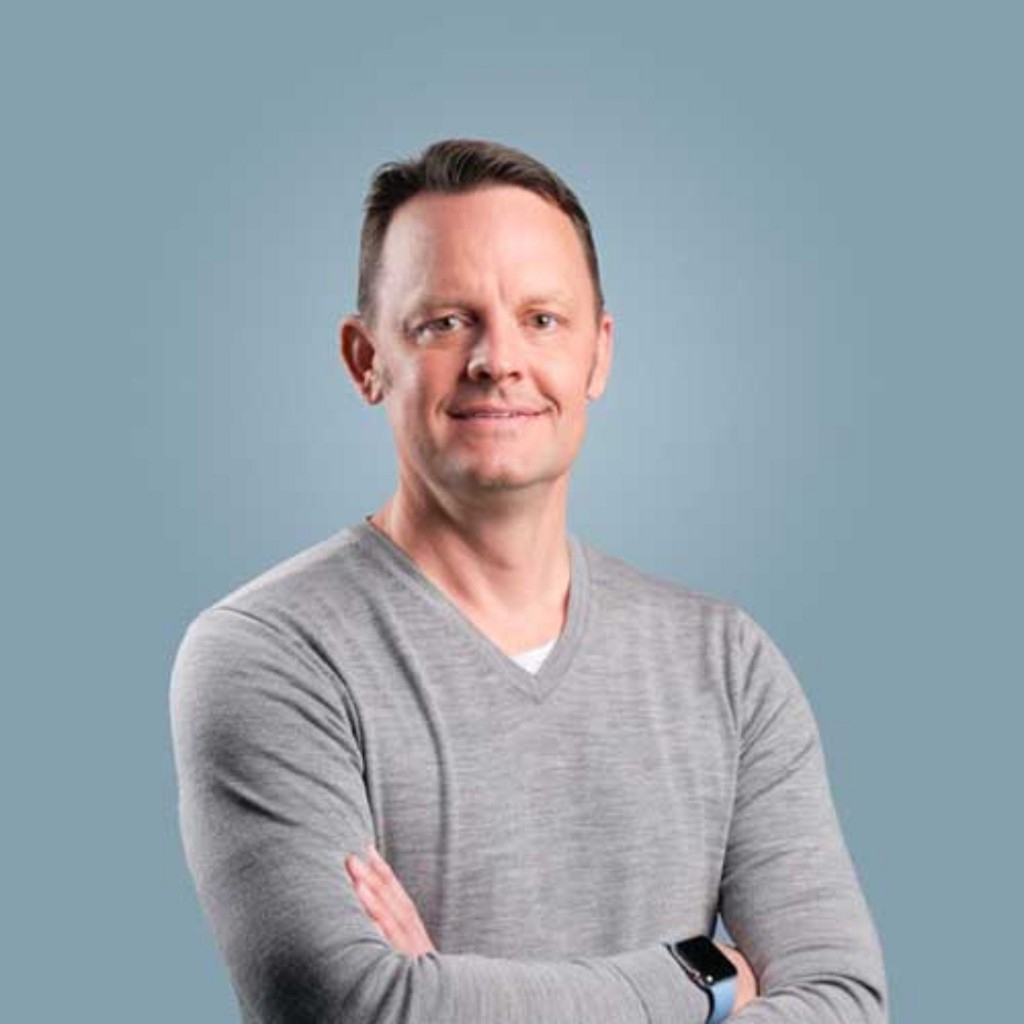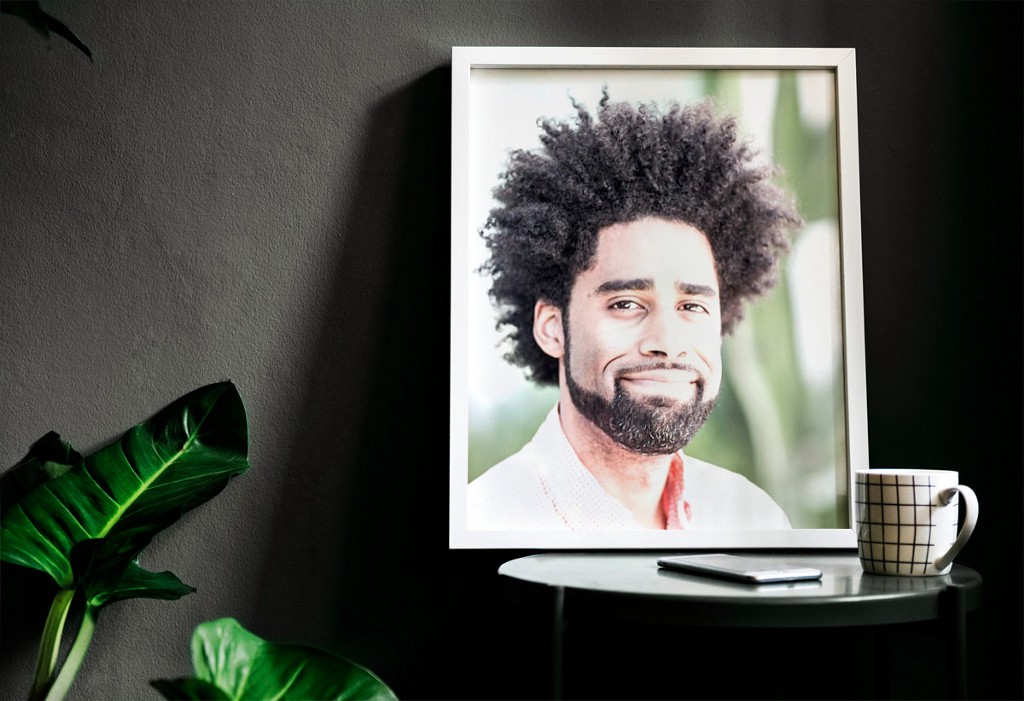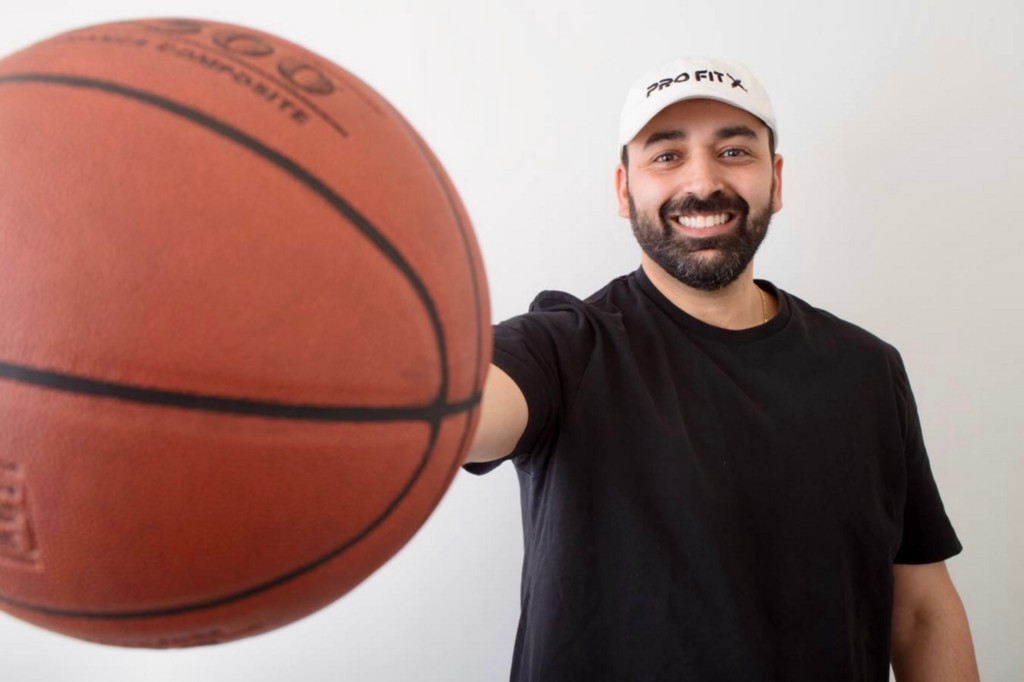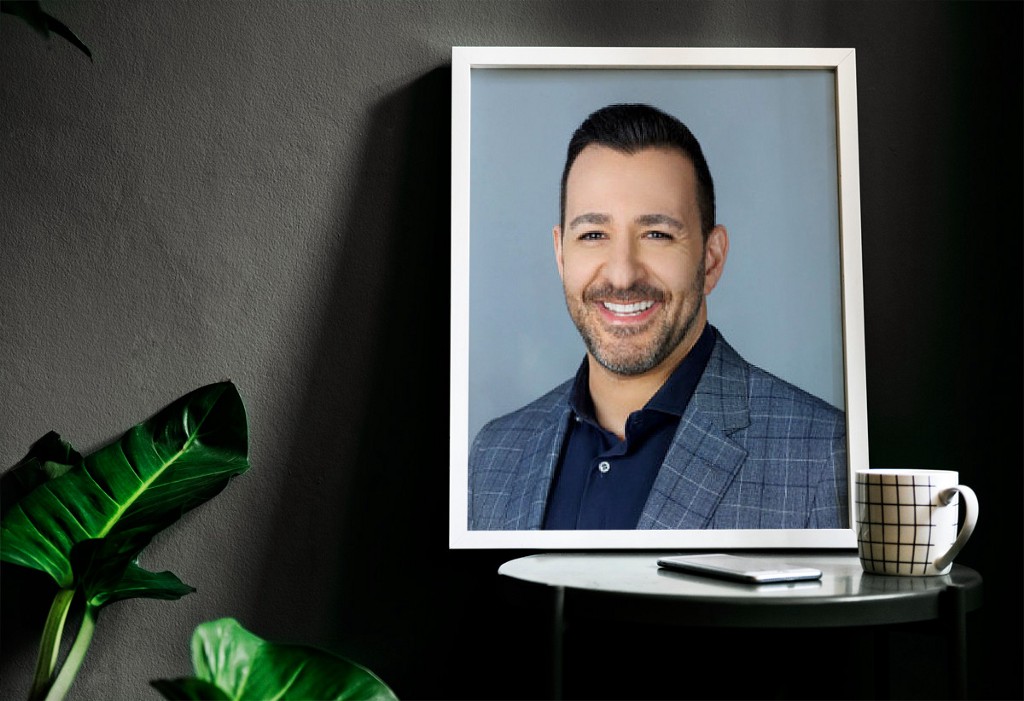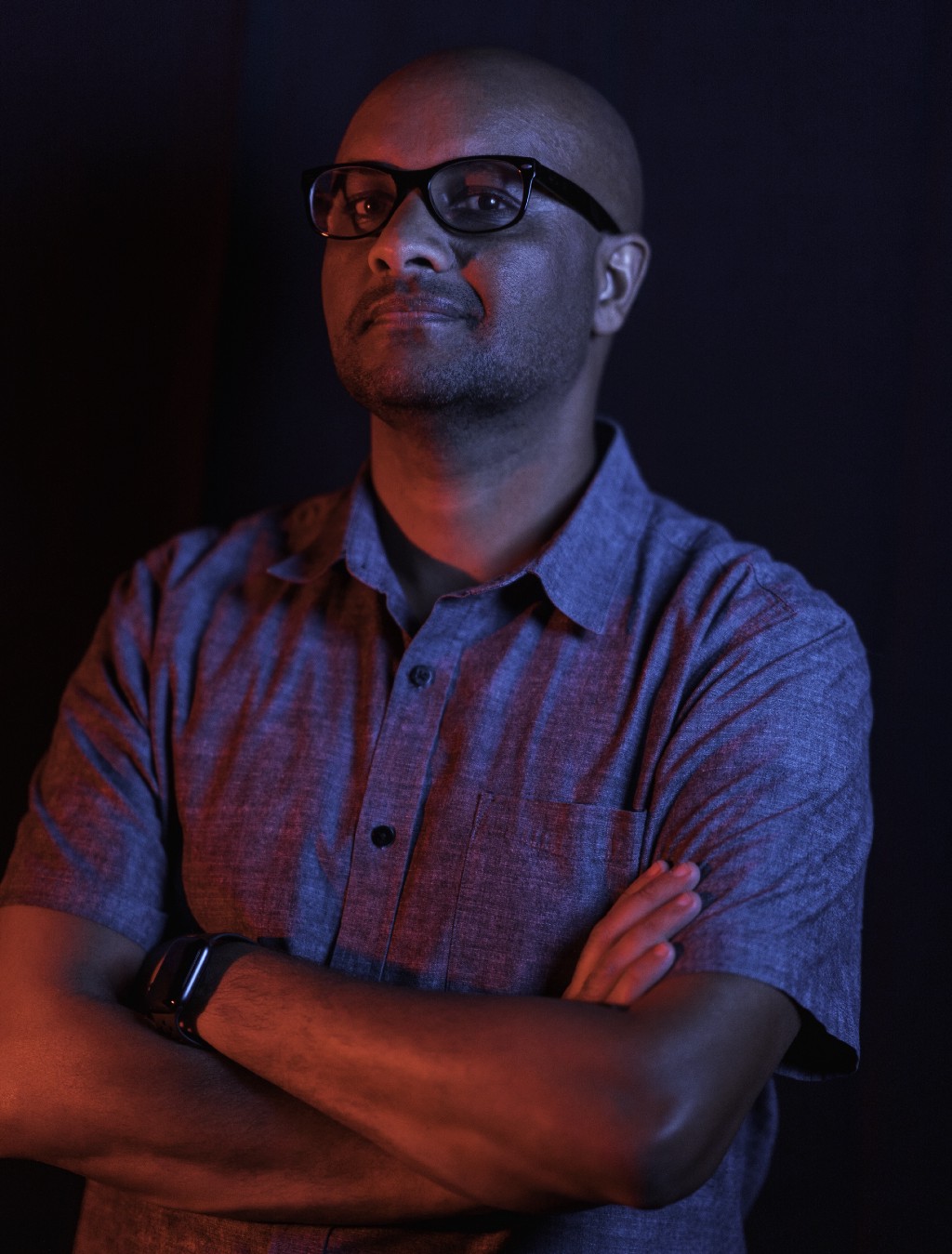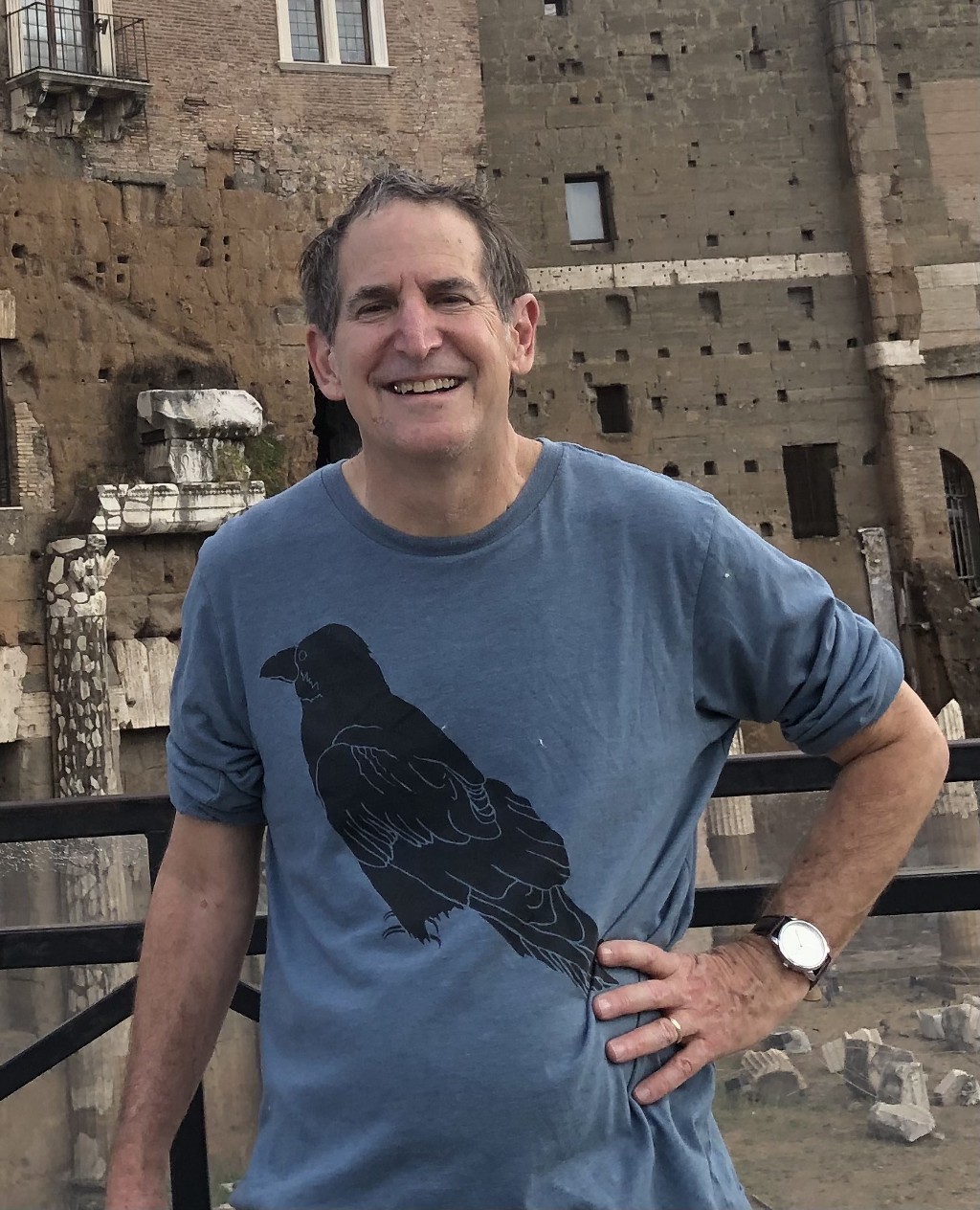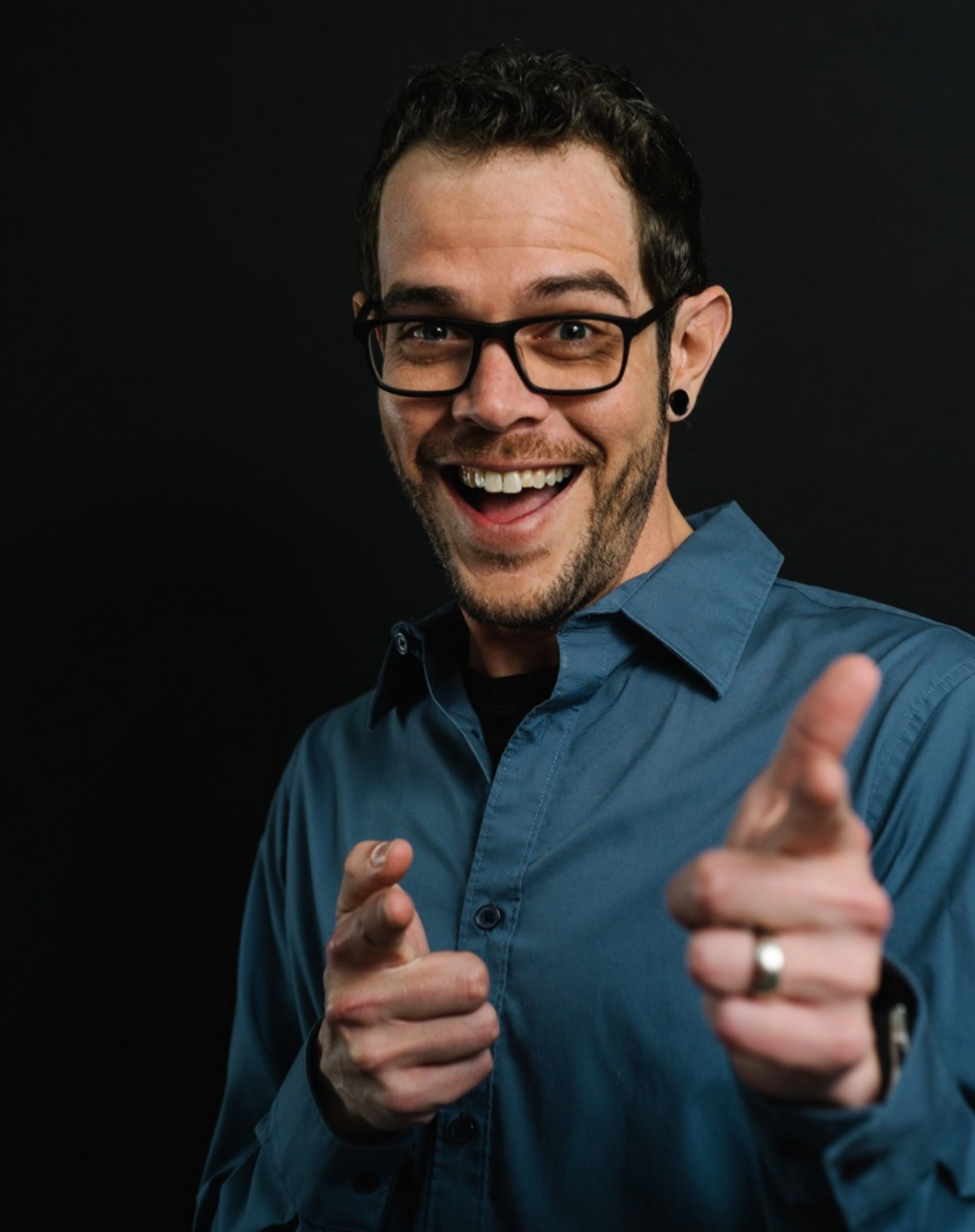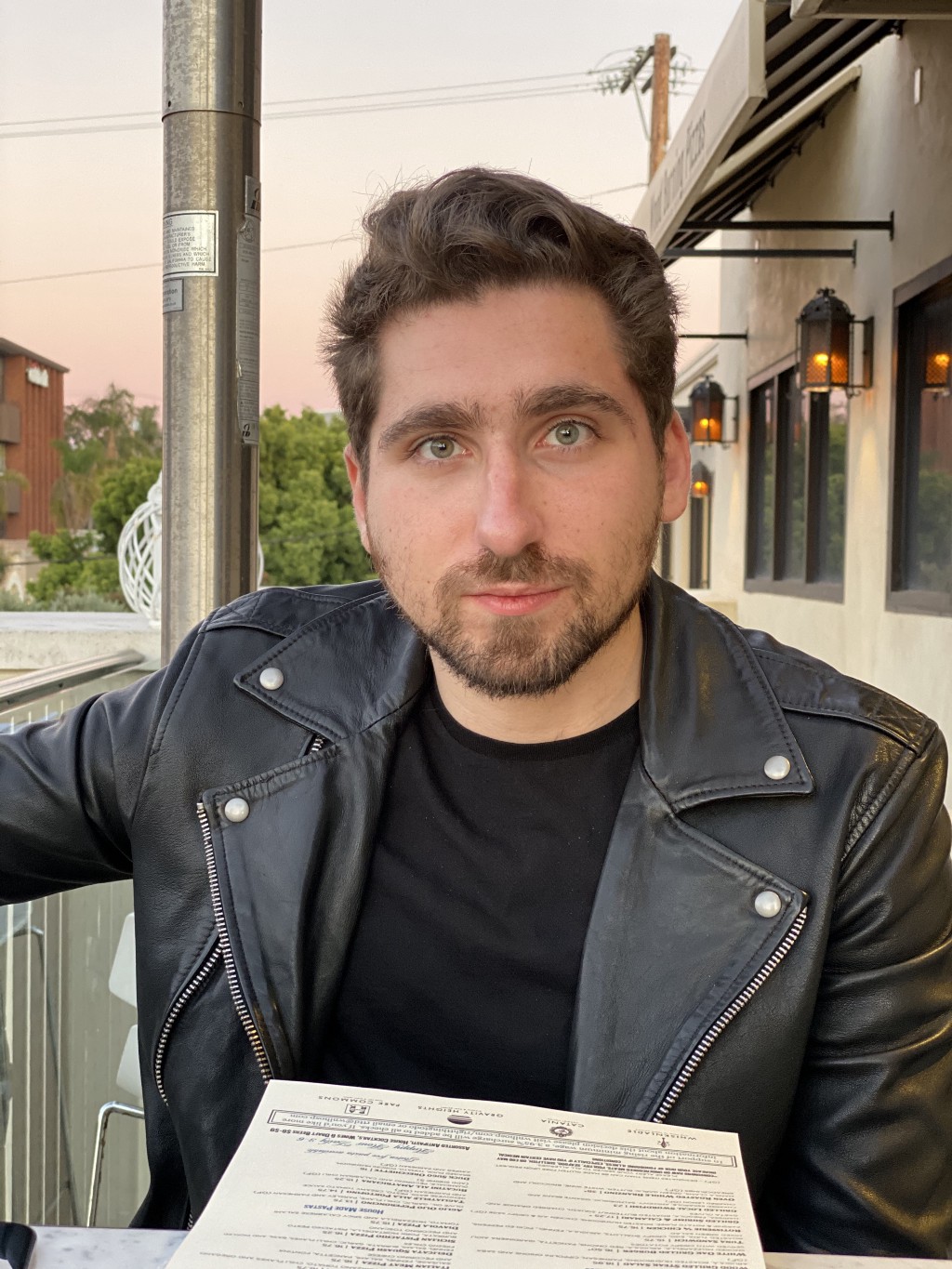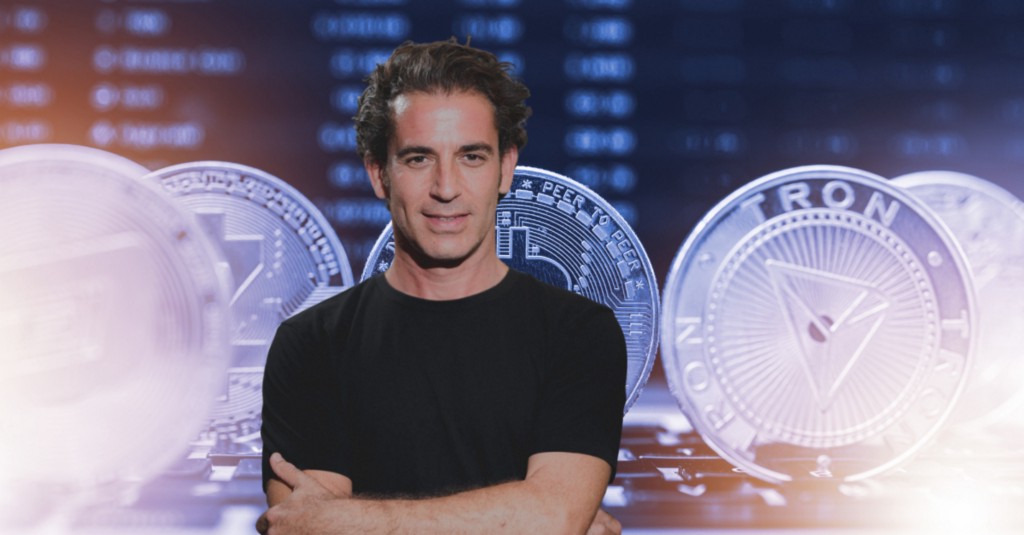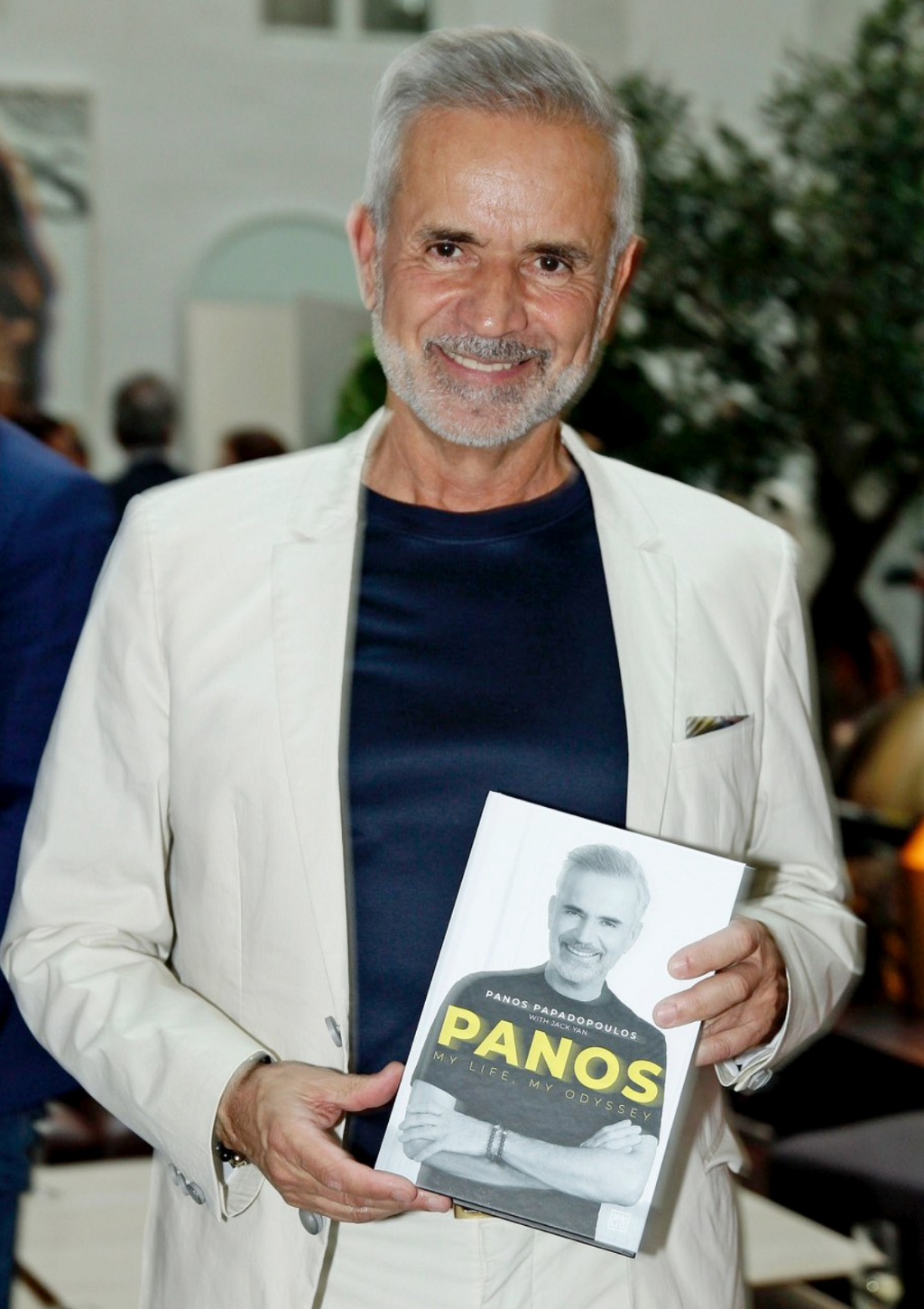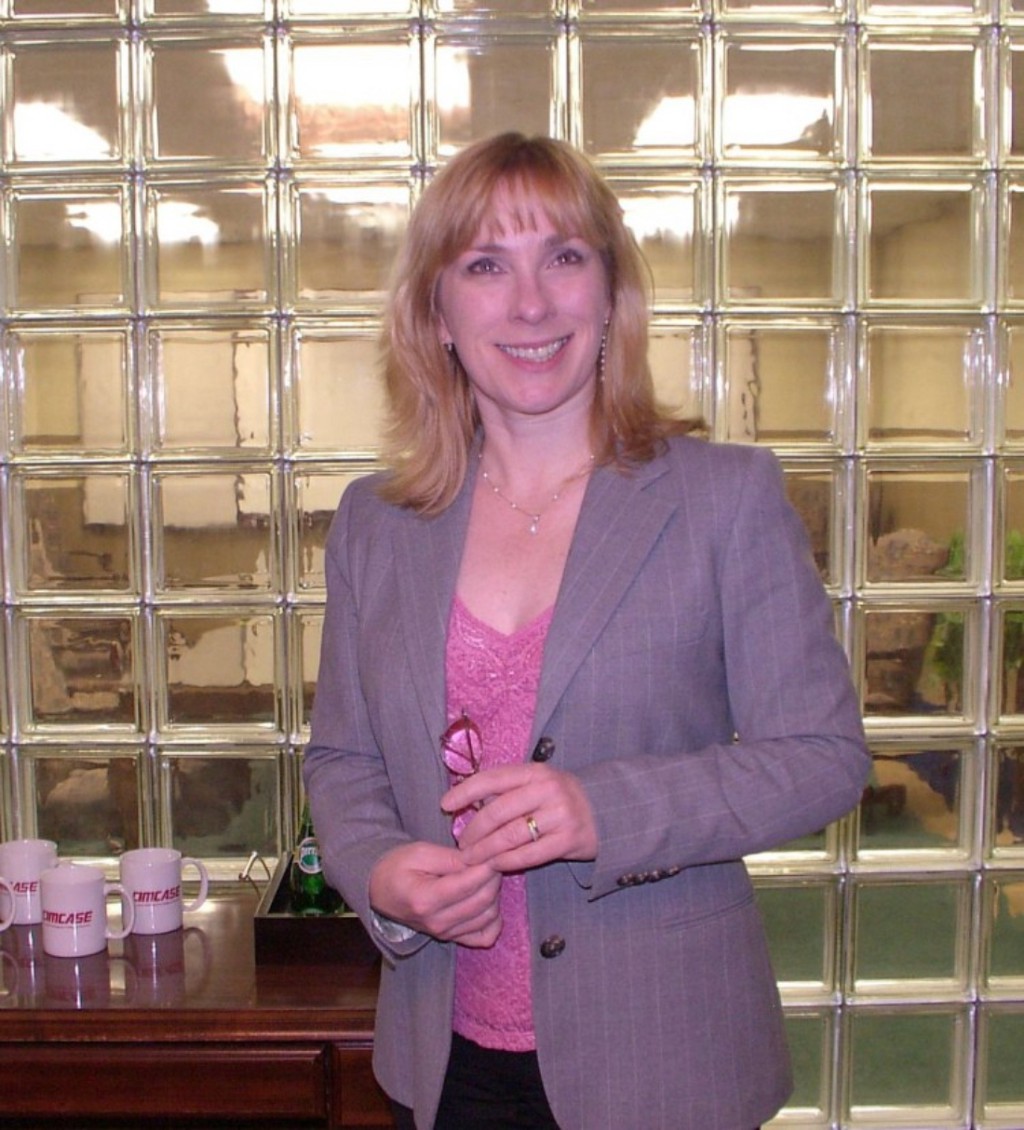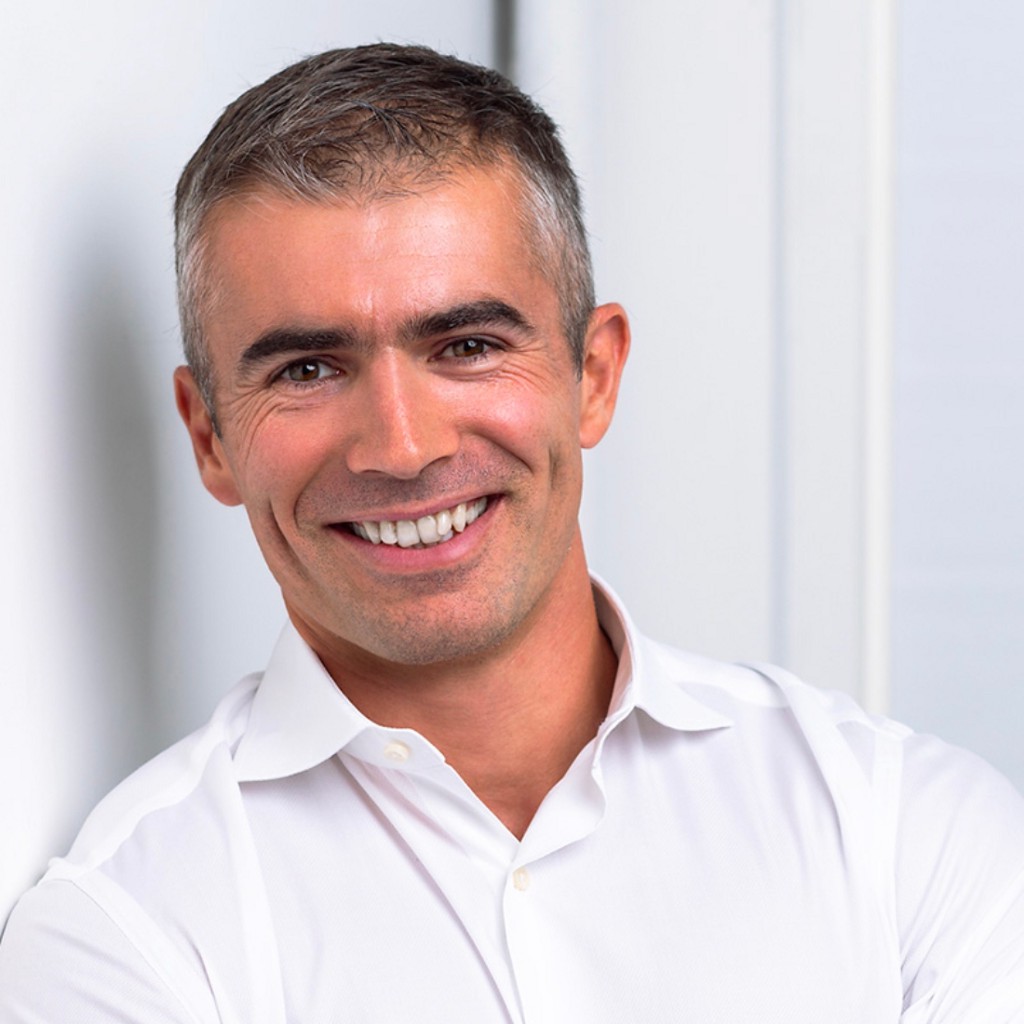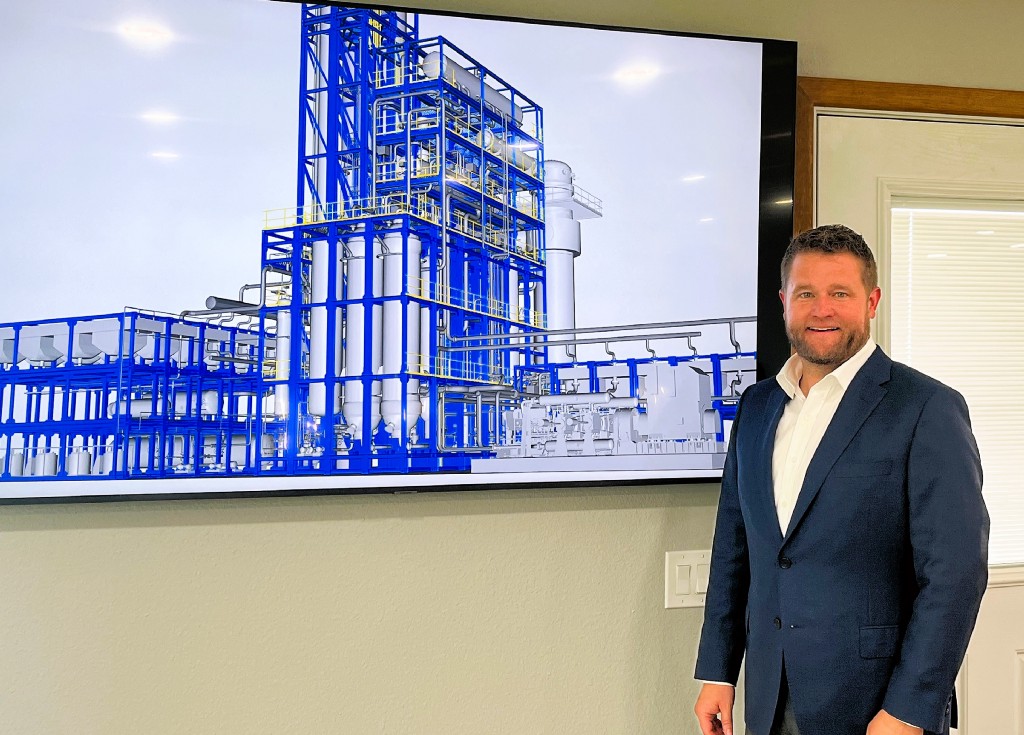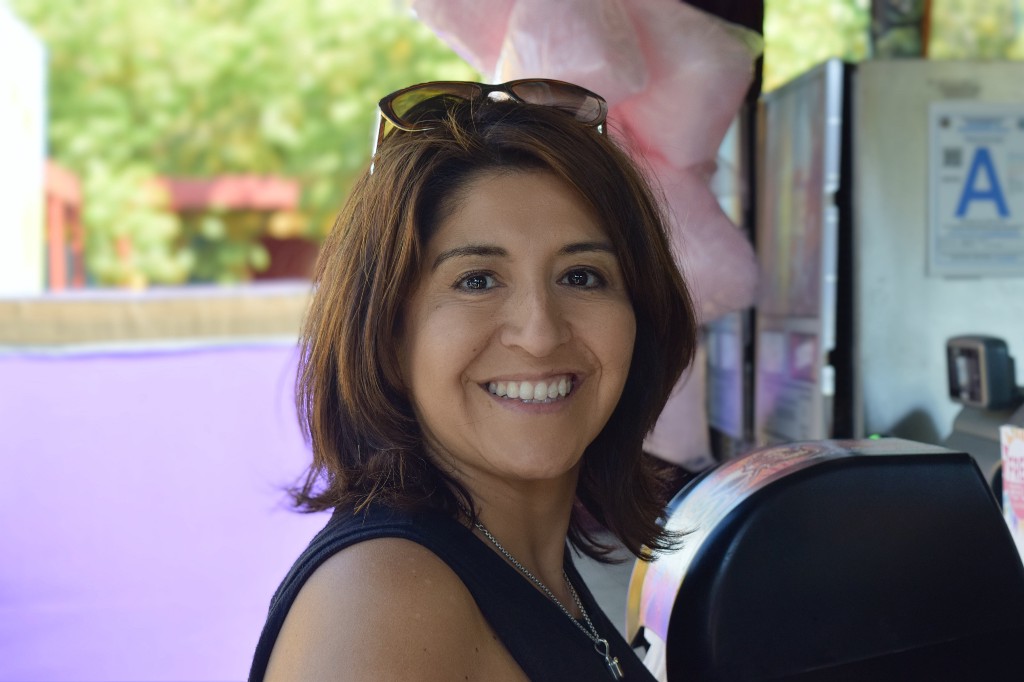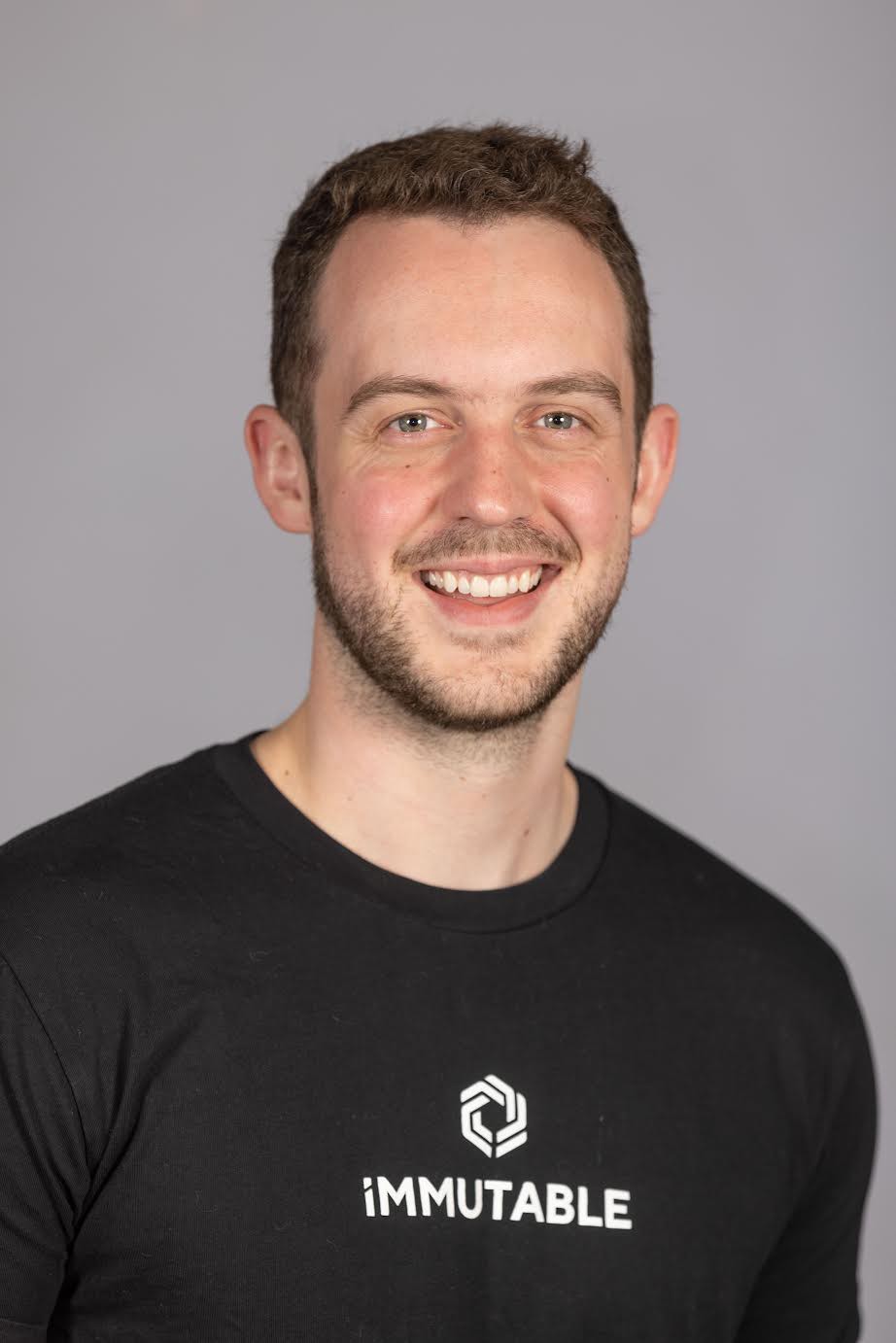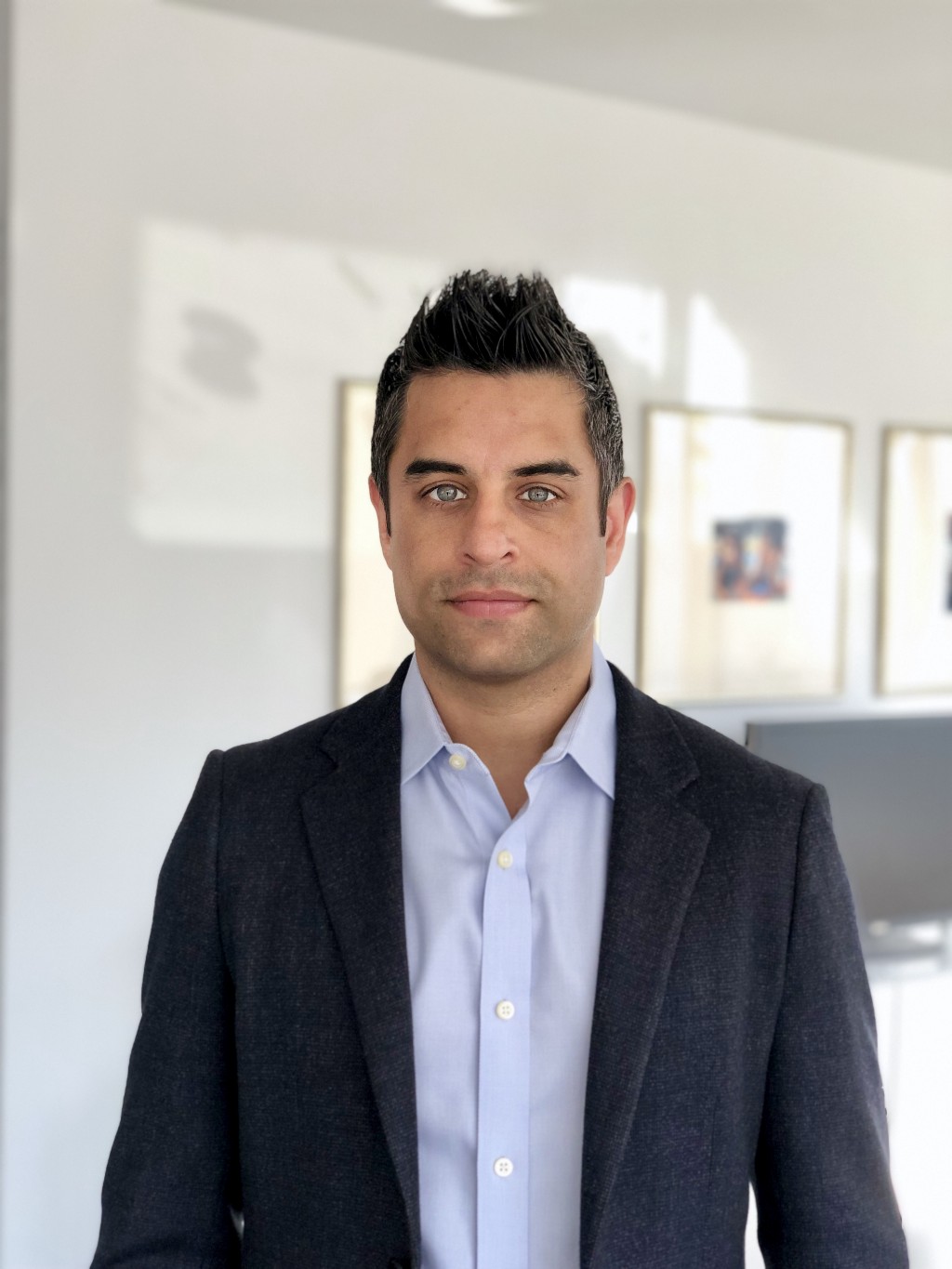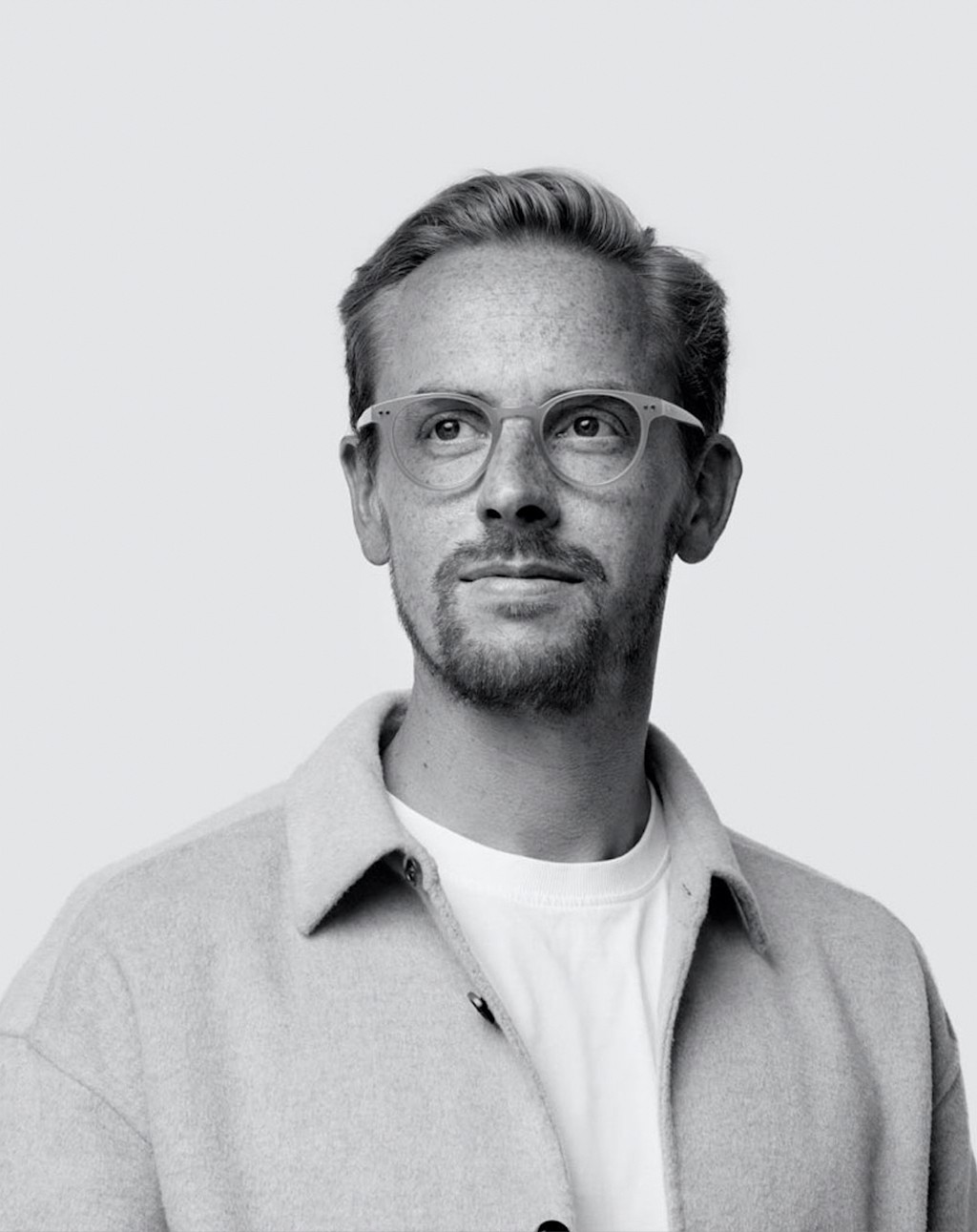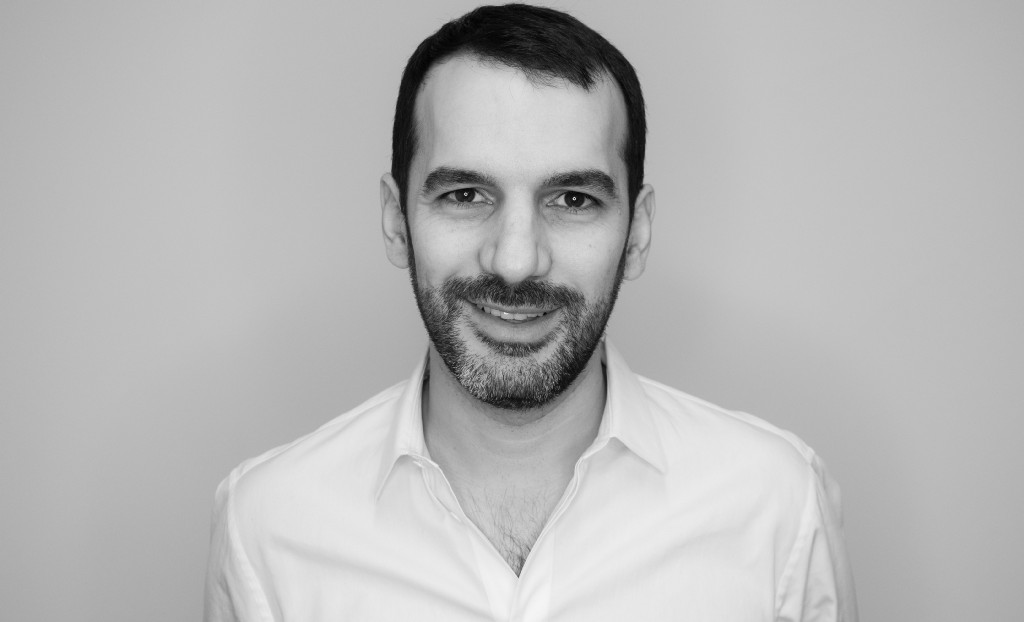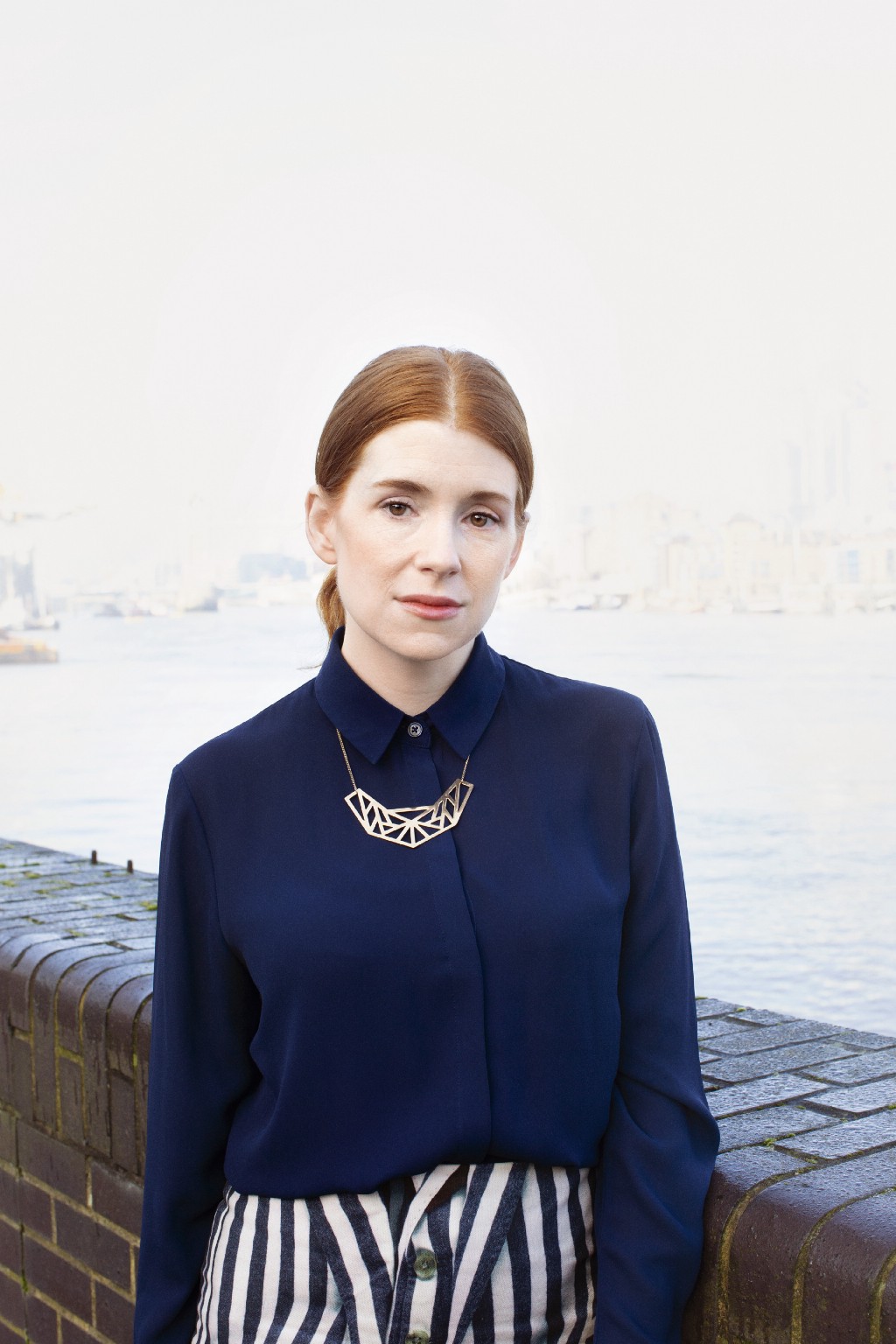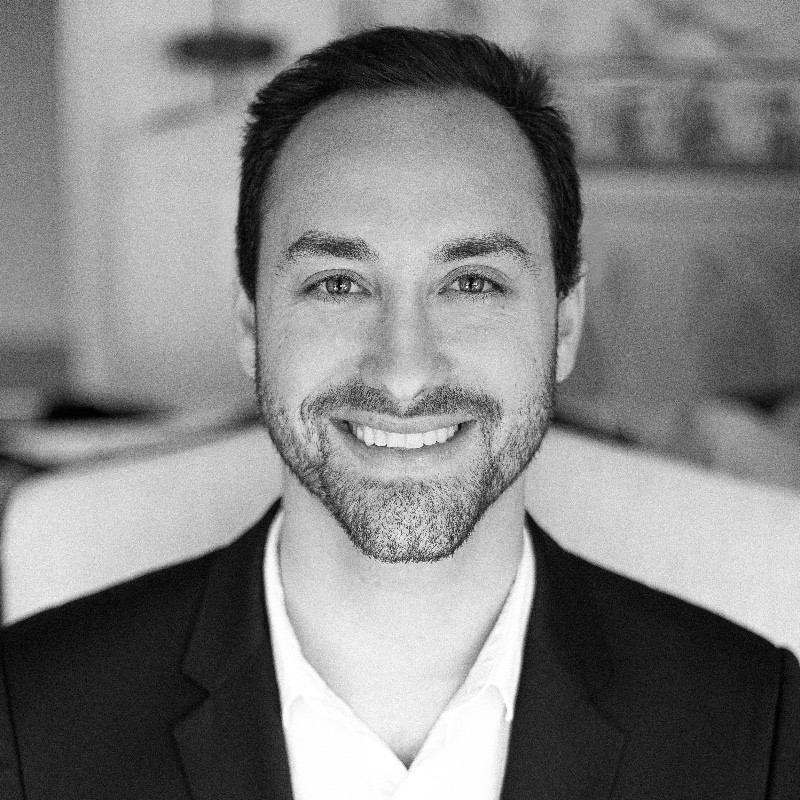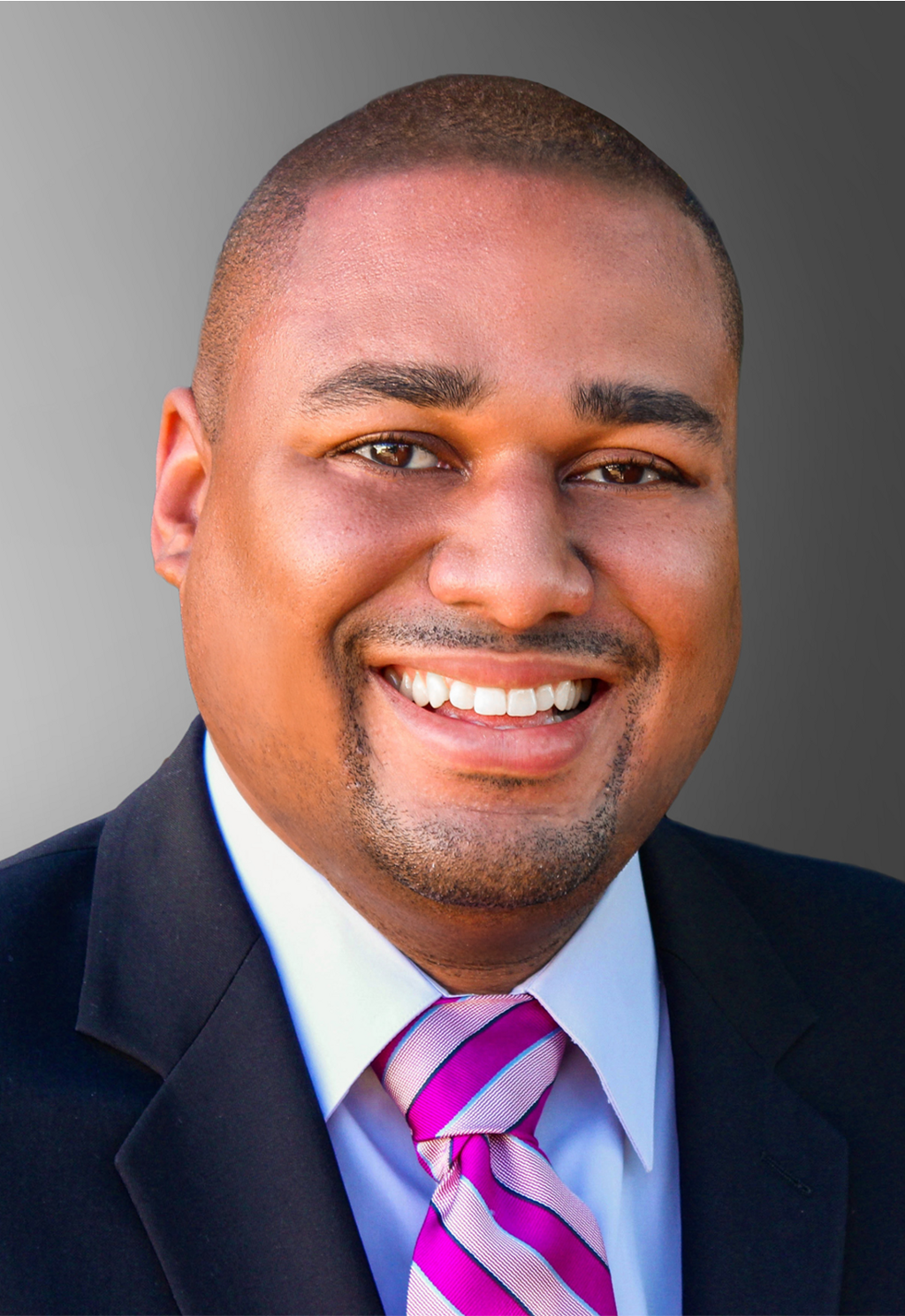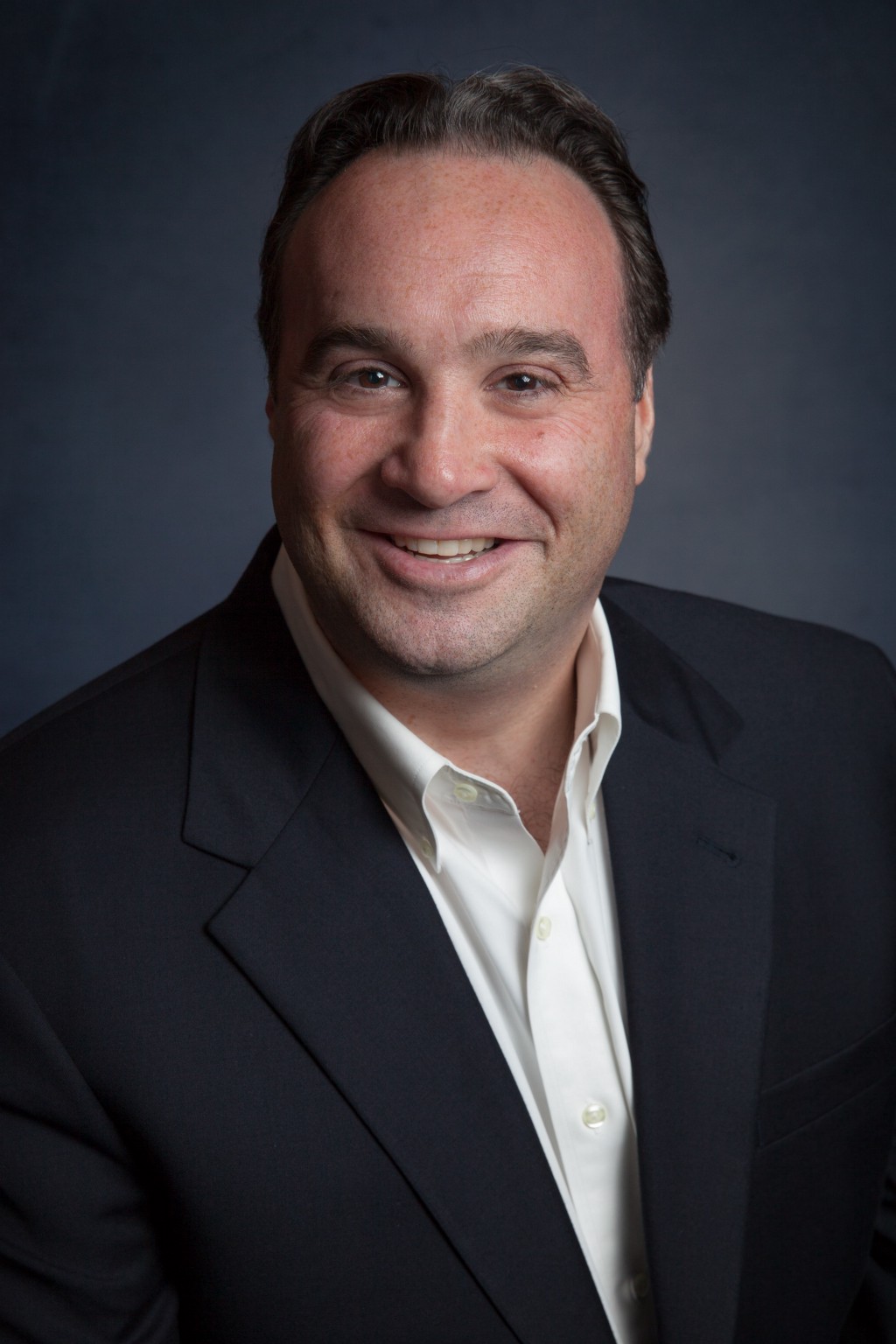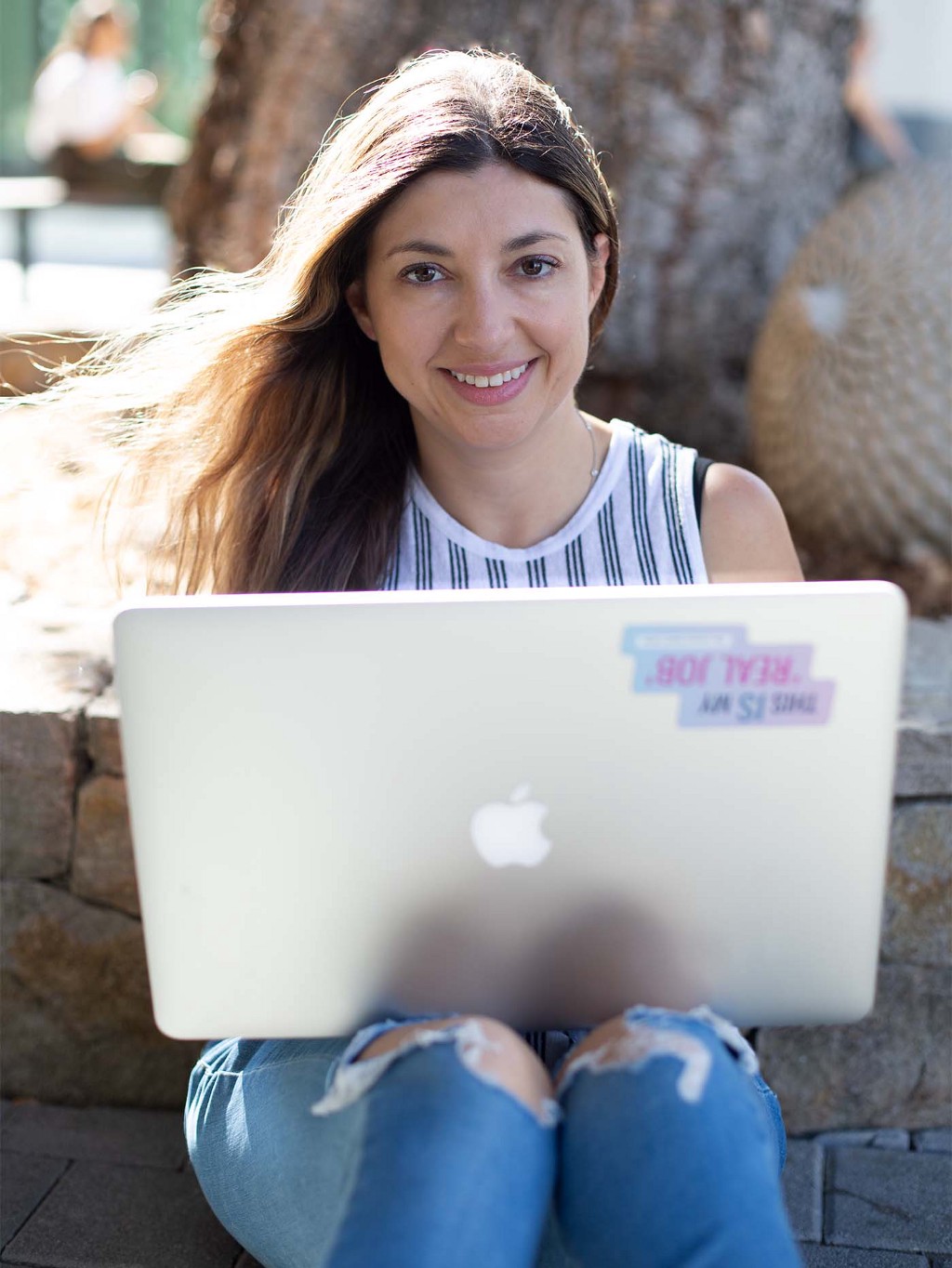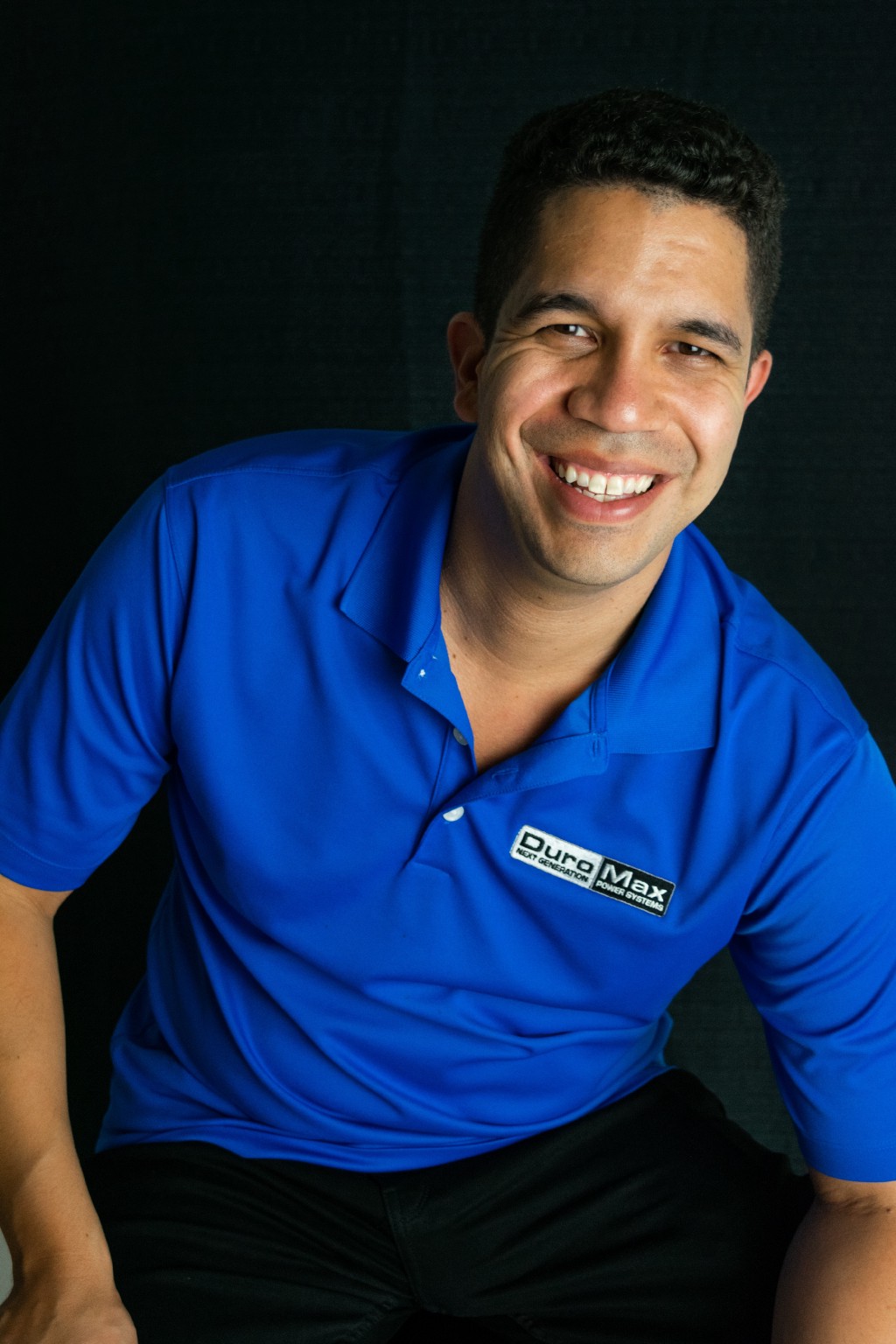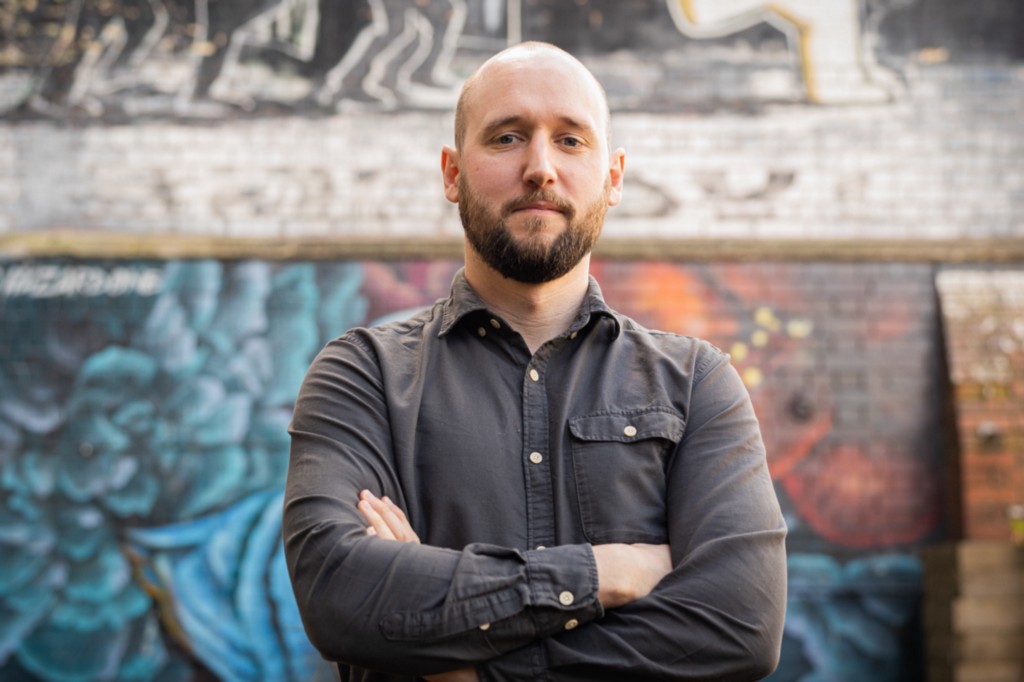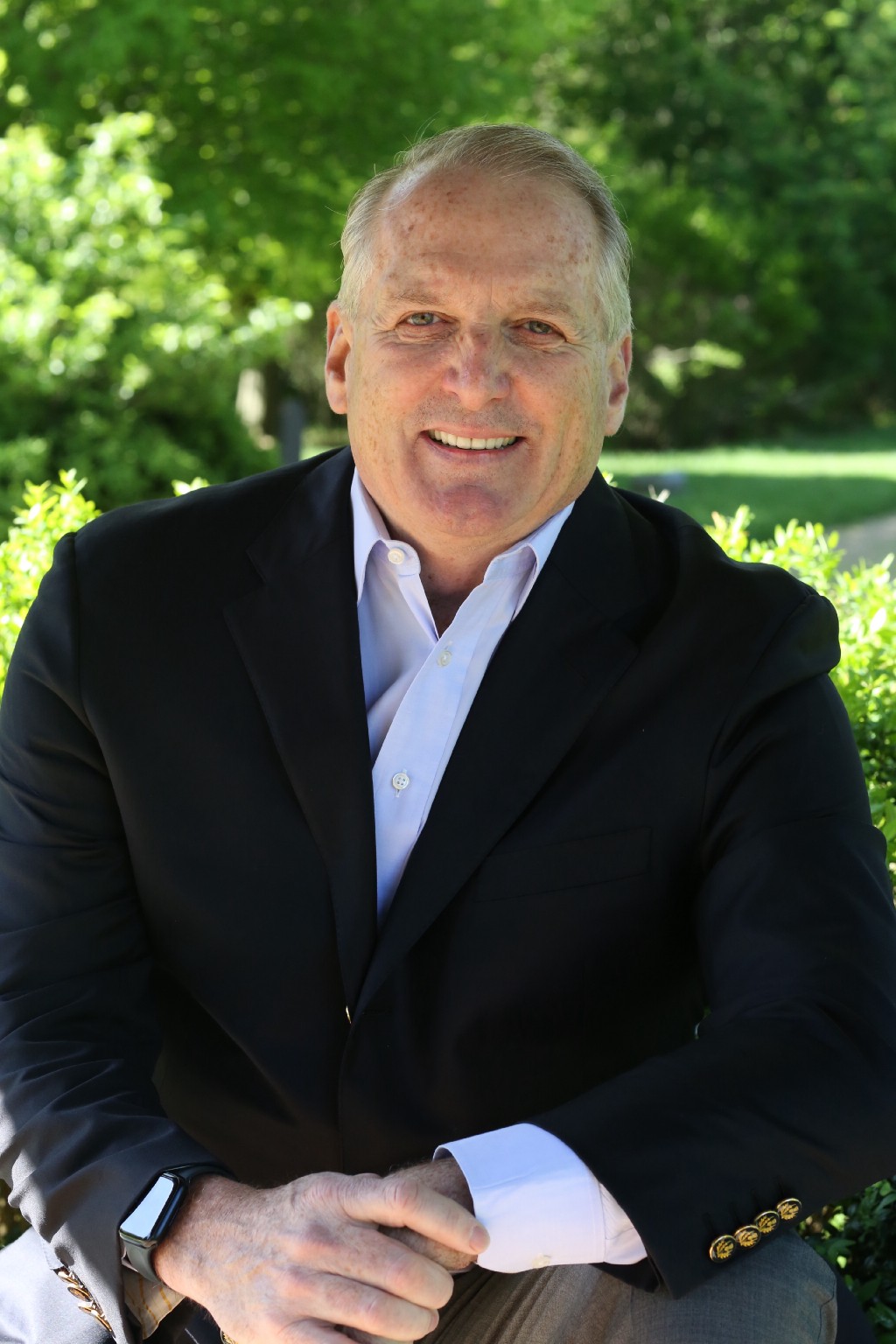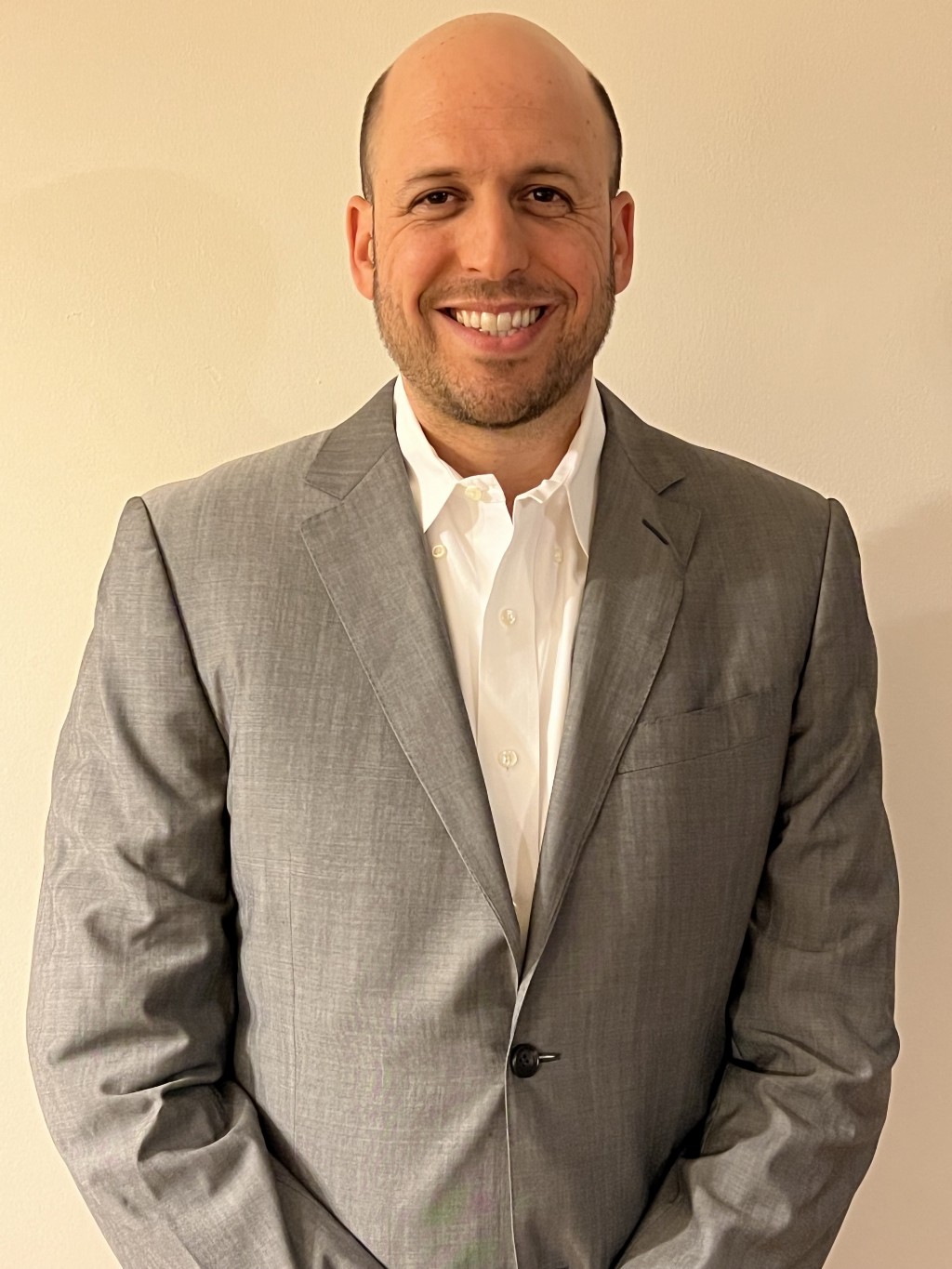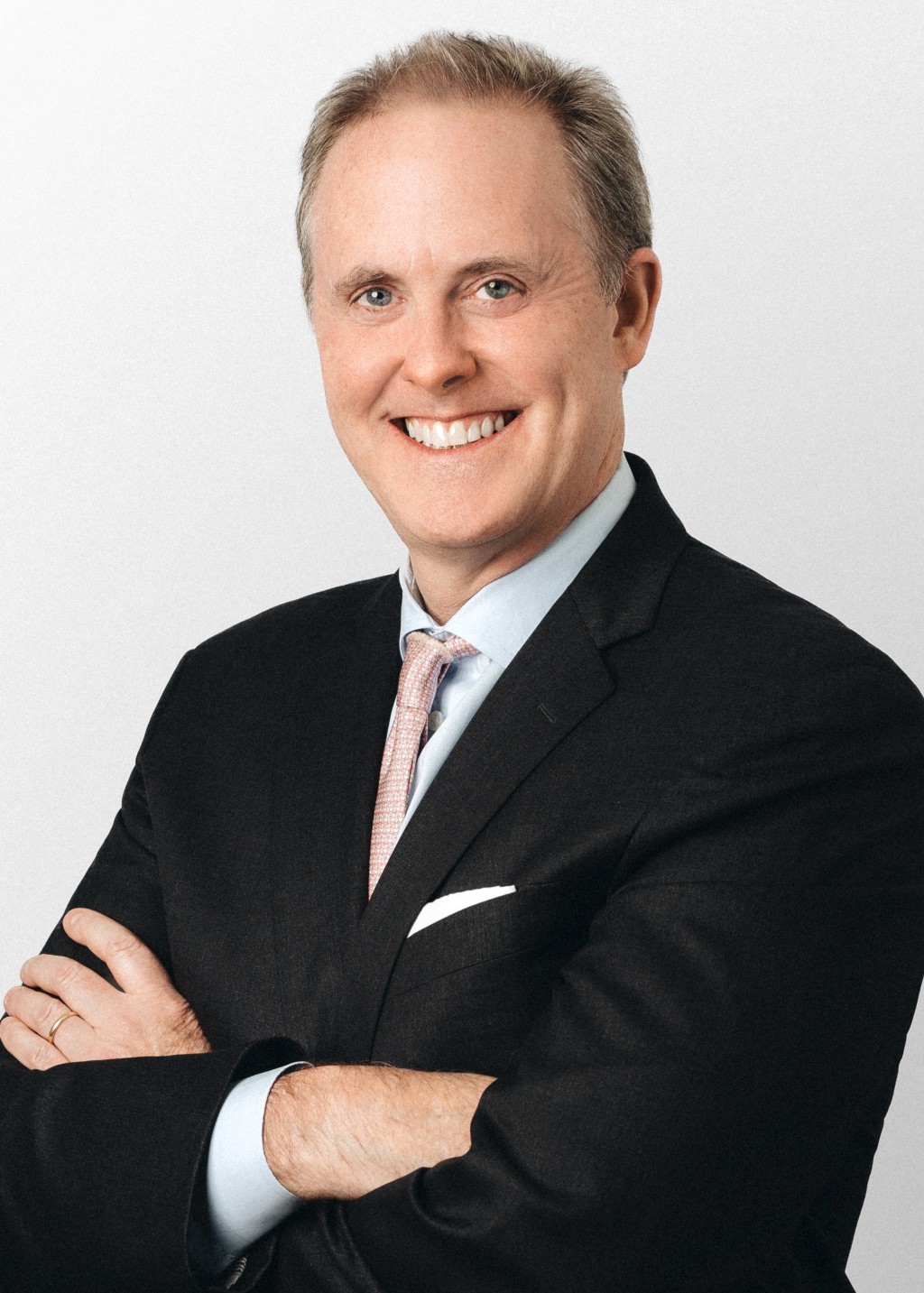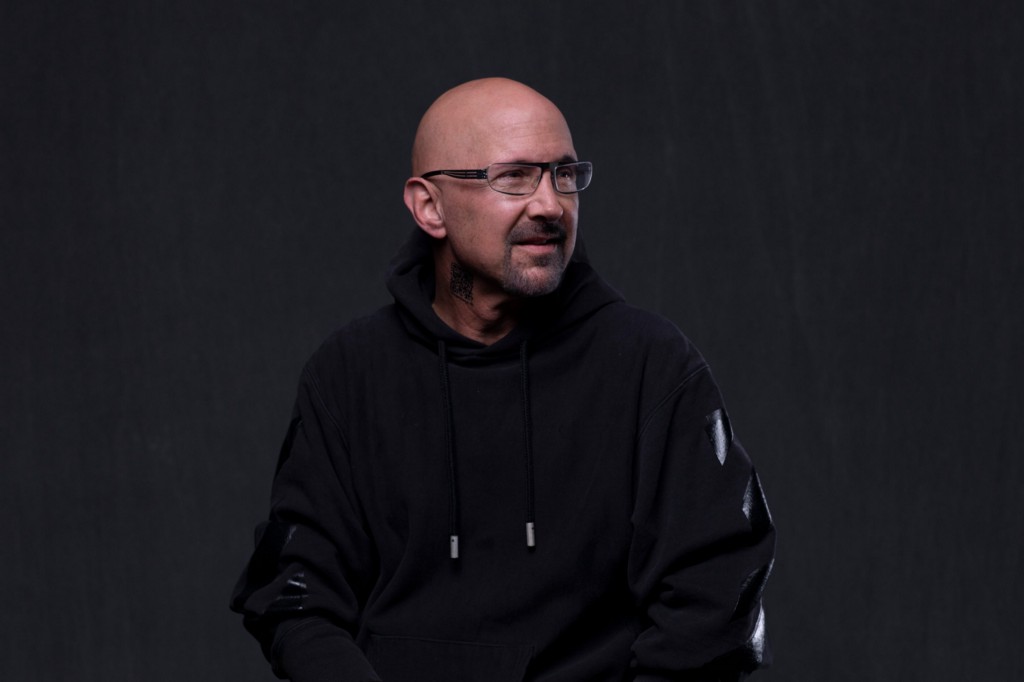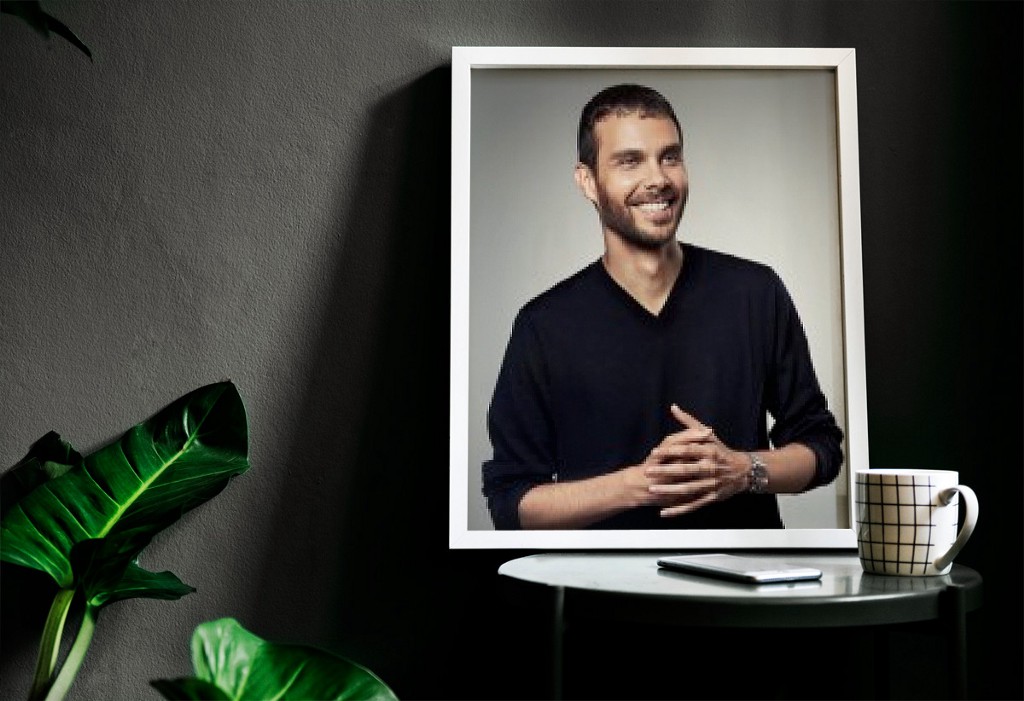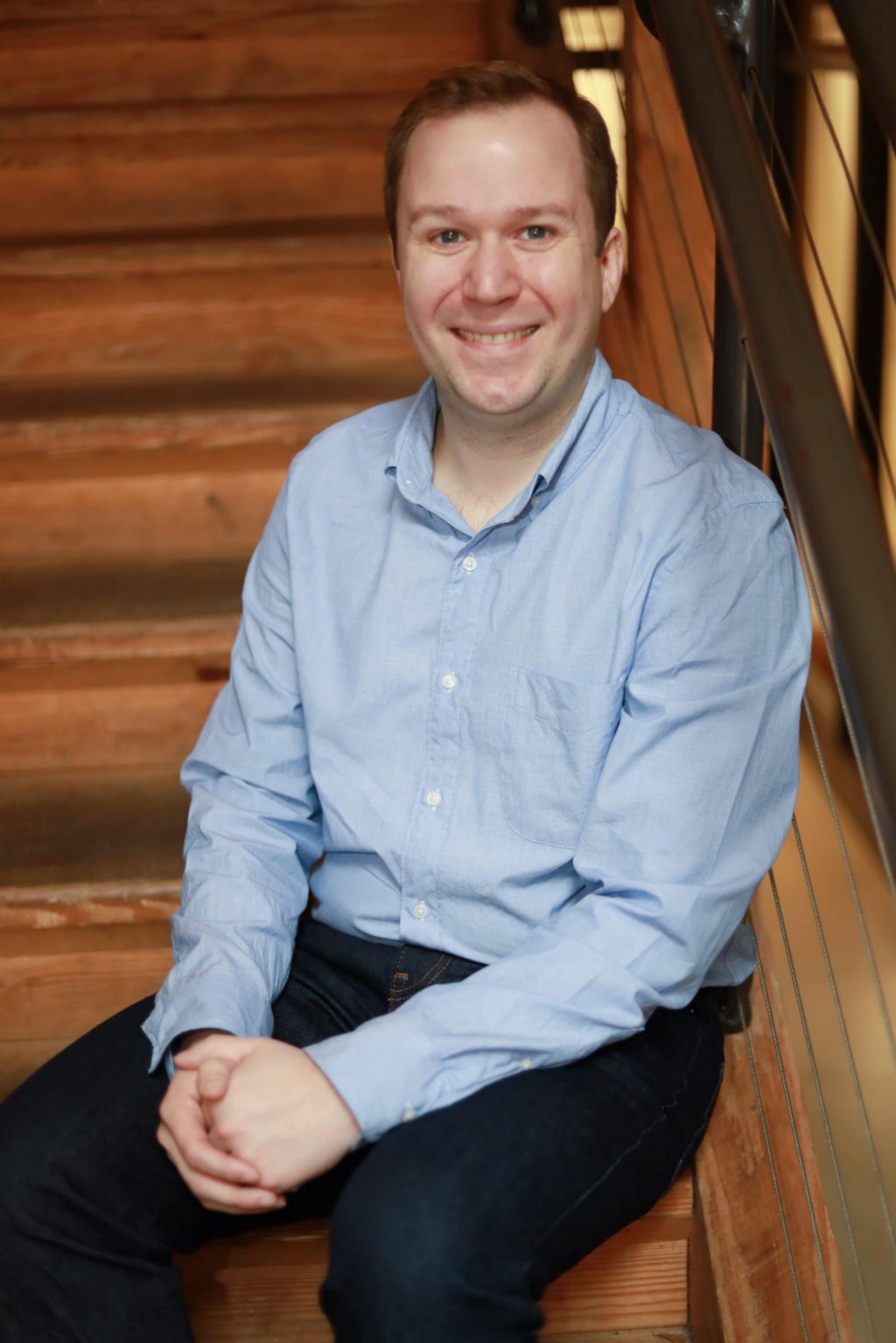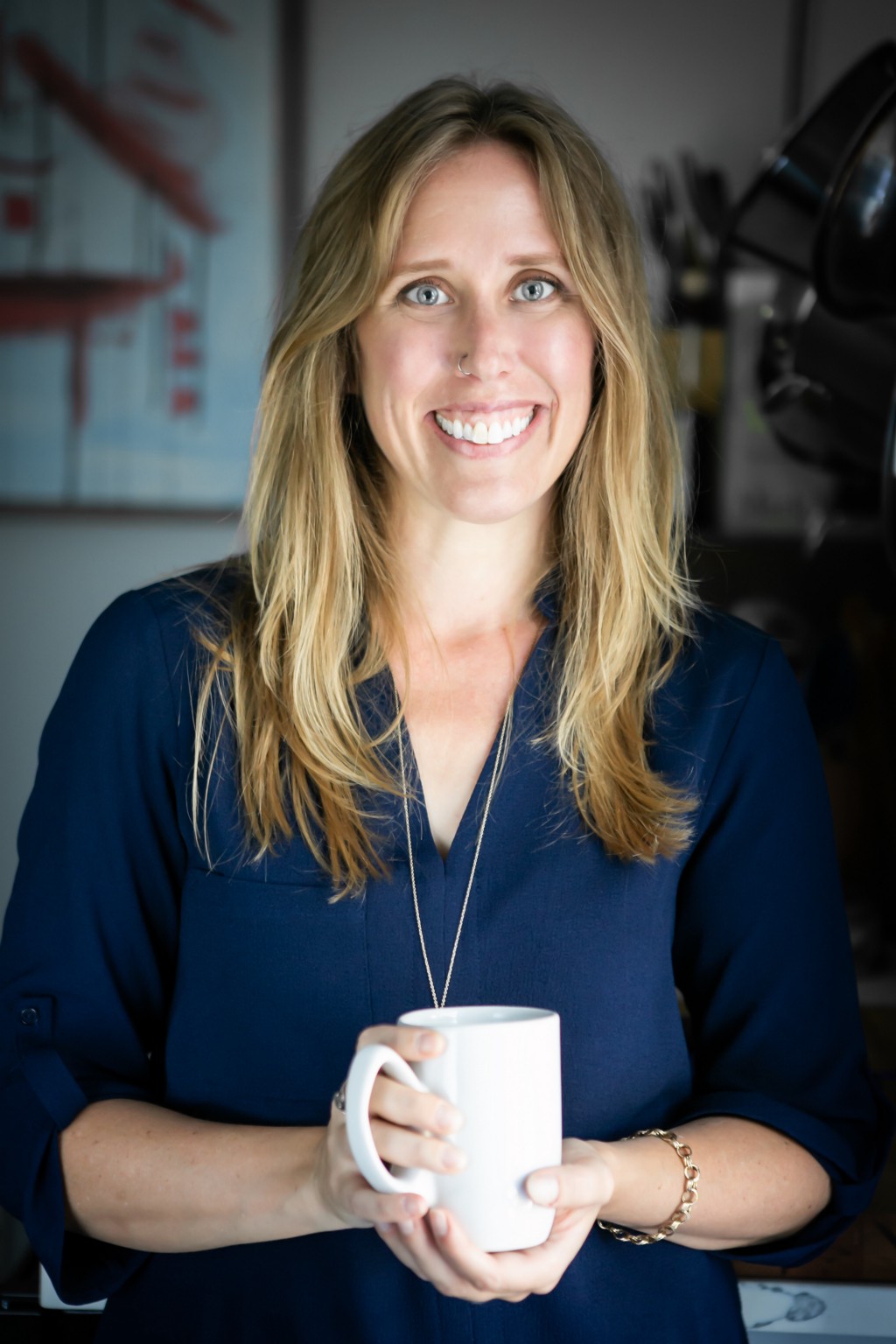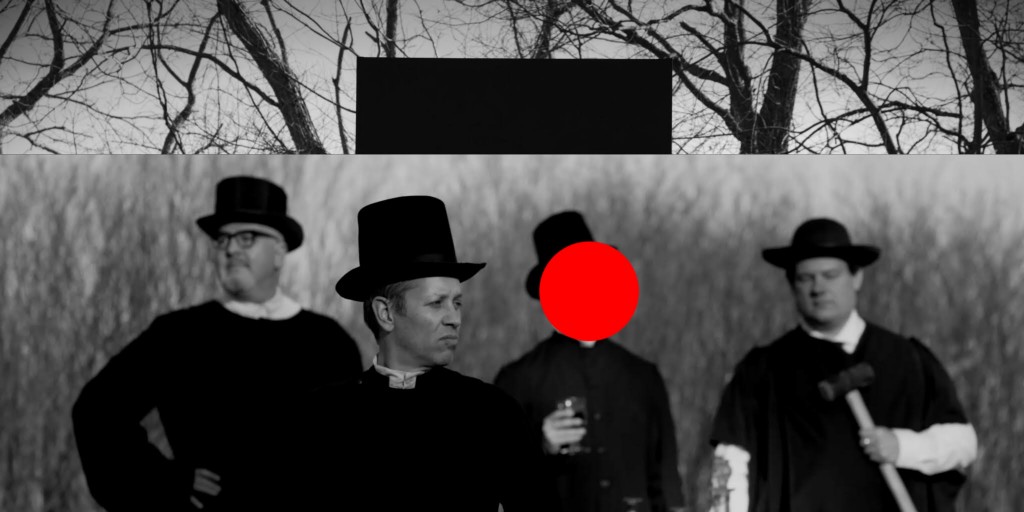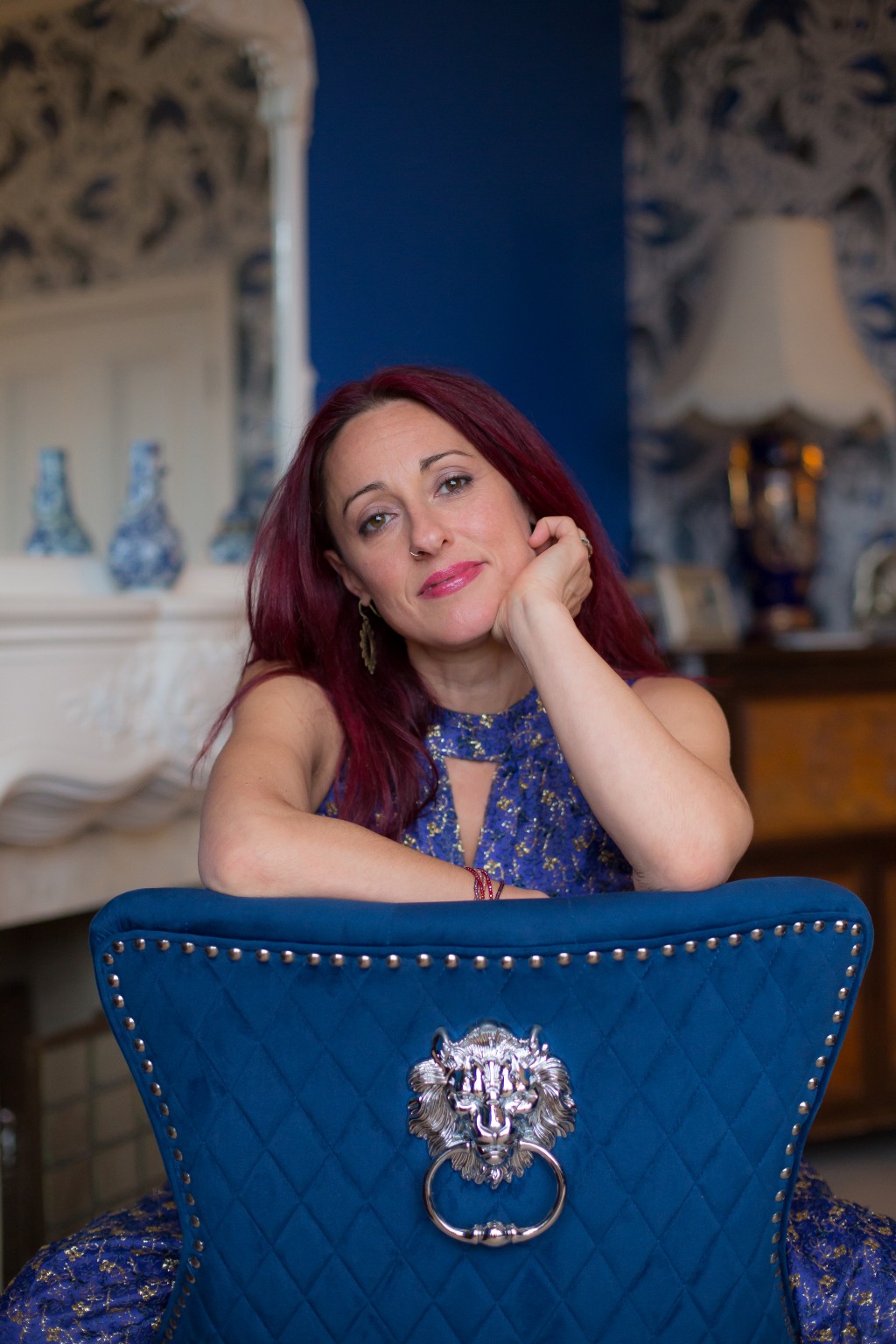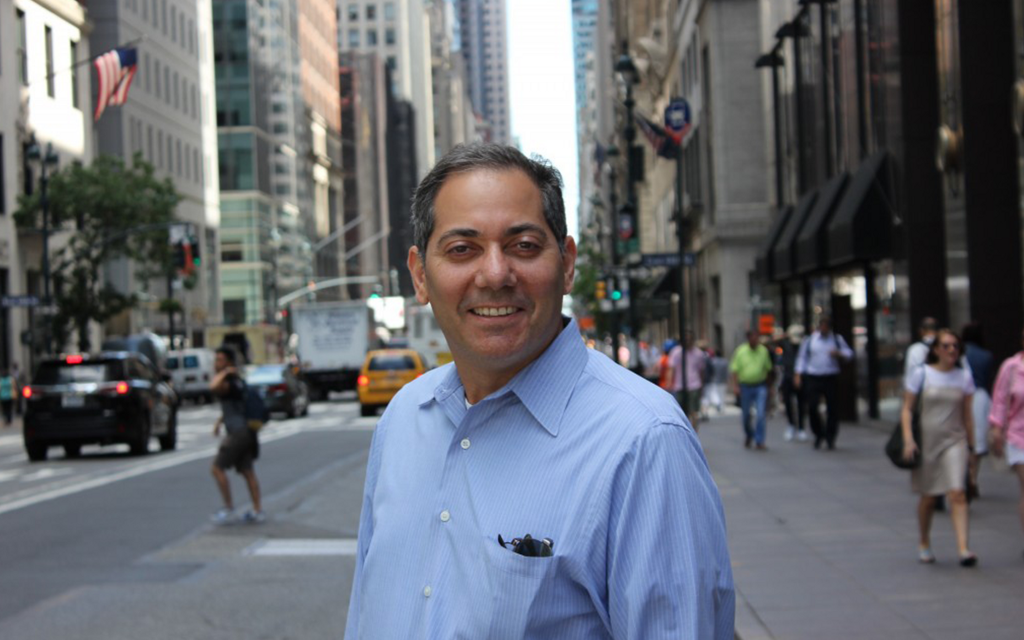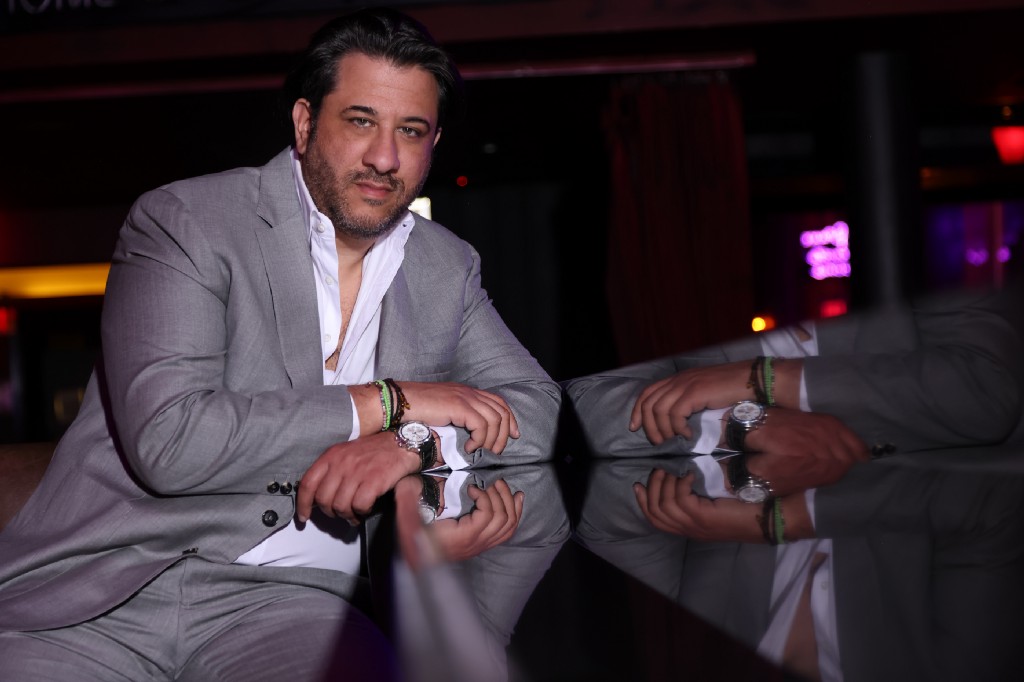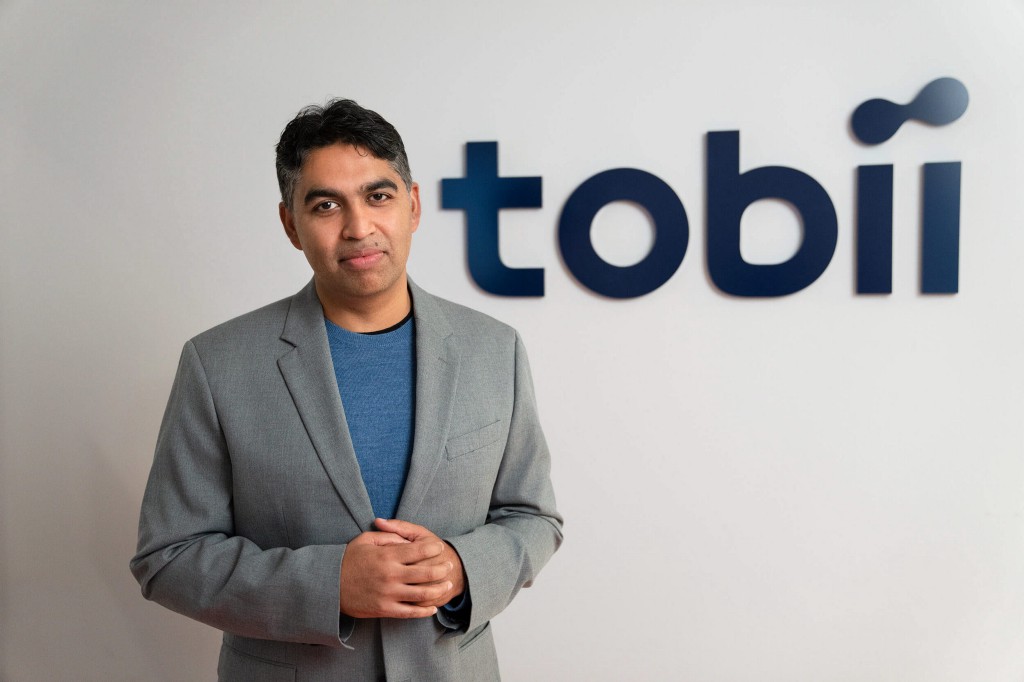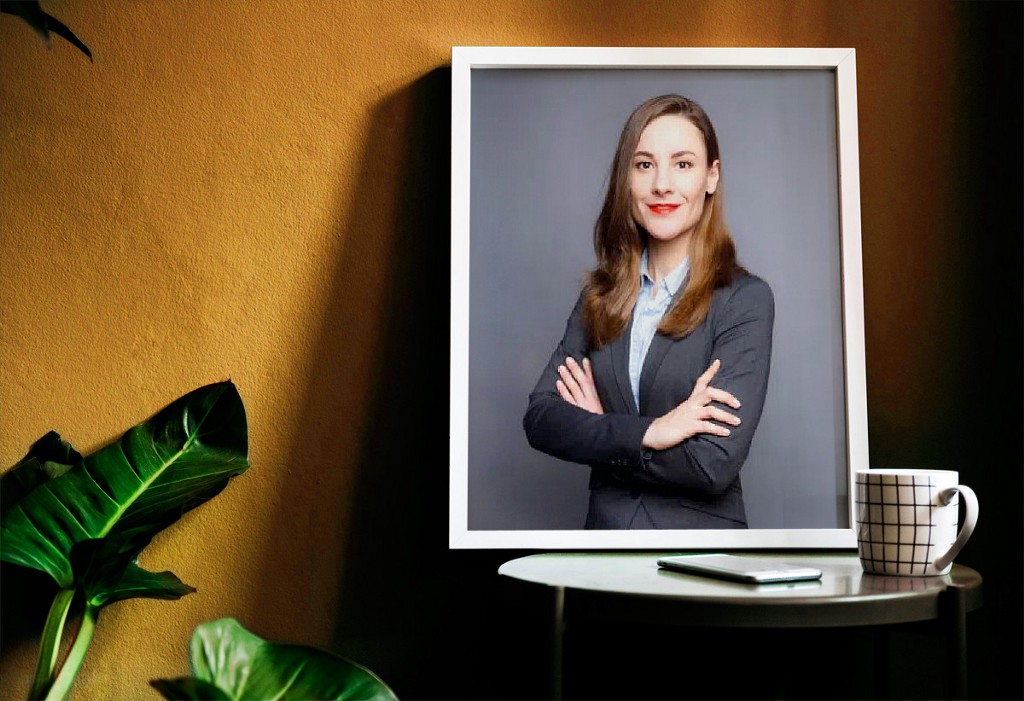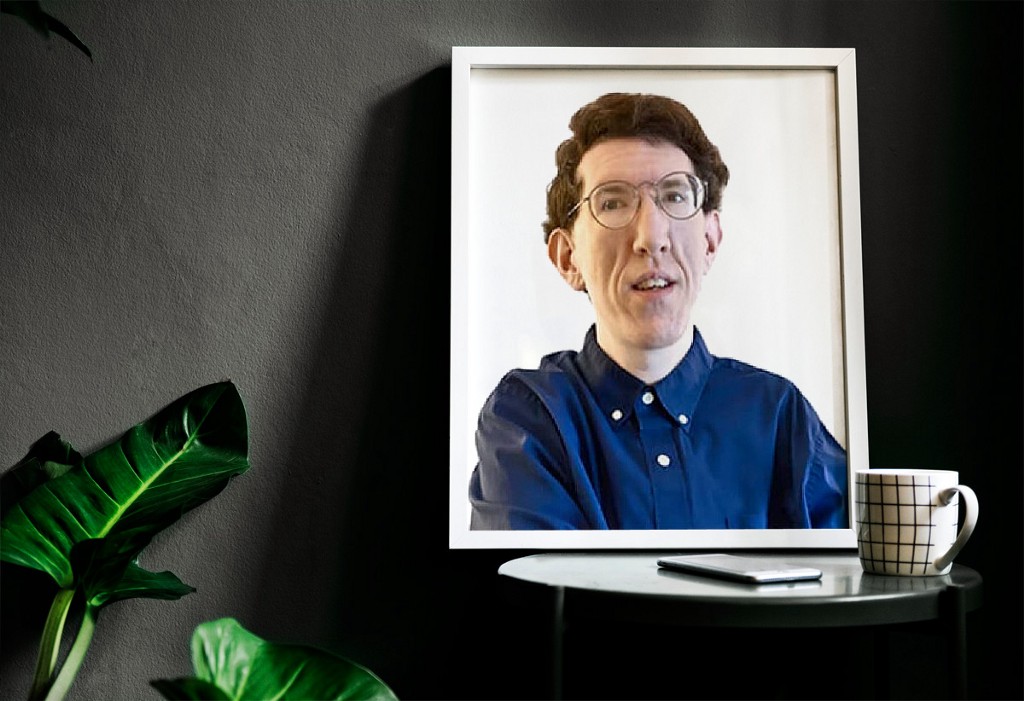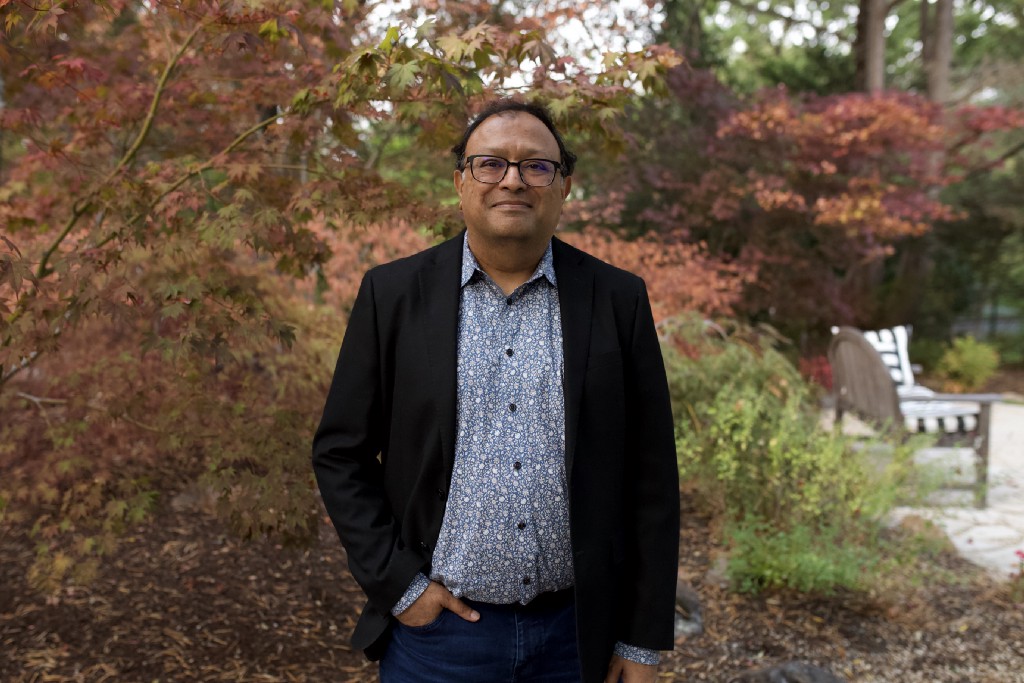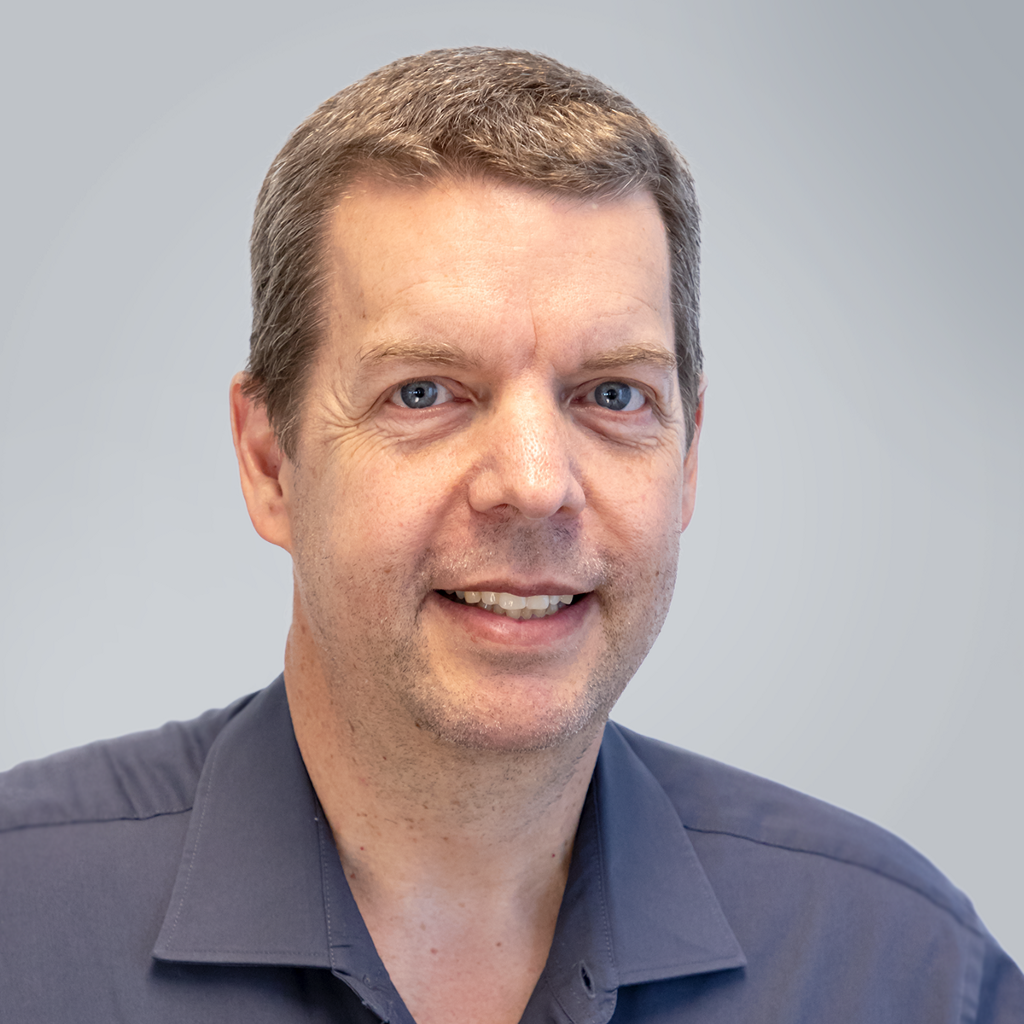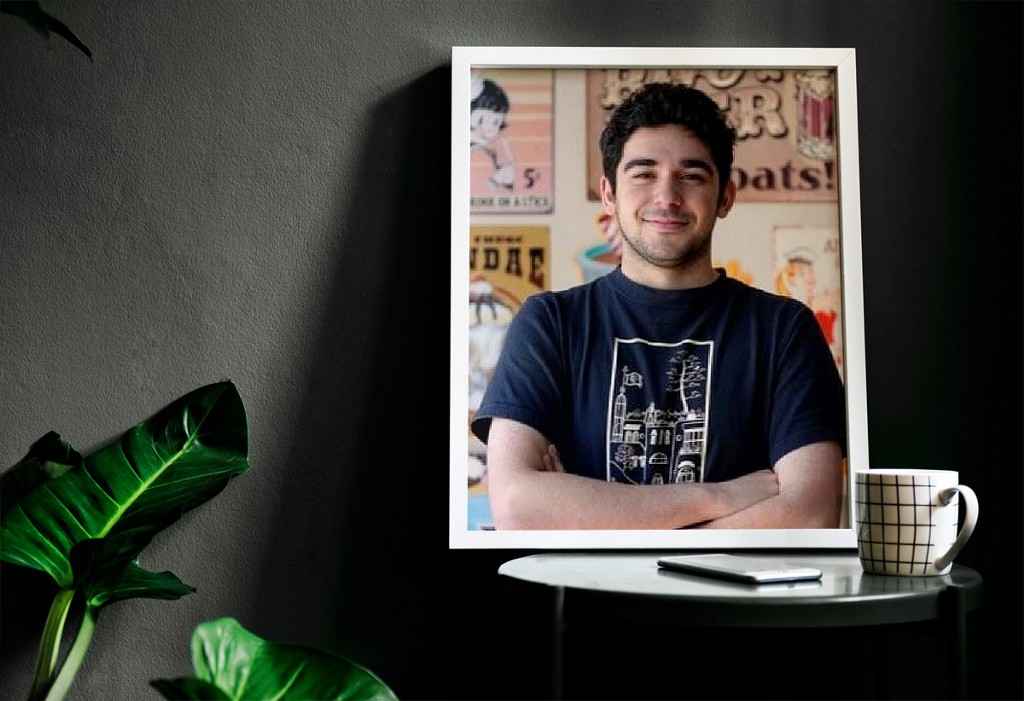Makers of The Metaverse: Nayeem Syed Of Exponentials TV On The Future Of The VR, AR & Mixed Reality Industries
An Interview With Fotis Georgiadis
Unity Developer — Unity 3D is quite popular in building Games and other content. Someone with strong front-end skills as well as backend programming skills could enter the 3D front-end programming world.
The Virtual Reality, Augmented Reality & Mixed Reality Industries are so exciting. What is coming around the corner? How will these improve our lives? What are the concerns we should keep an eye out for? Aside from entertainment, how can VR or AR help work or other parts of life? To address this, we had the pleasure of interviewing Nayeem Syed.
Nayeem Syed Chief Vision Officer at exponentials.tv. A web 3.0 media outlet that is focused on exploring the stories behind today’s greatest successes in various fields. We discuss a wide range of topics — wealth building, health improvements, blockchain technology, digital marketing, sports, media, influencers, celebrities, scientists, politicians, metaphysics as well as delve into the world that is not immediately visible.
Thank you so much for doing this with us! Before we dig in, our readers would like to get to know you a bit. Can you tell us a bit about your backstory and how you grew up?
I was first exposed to technology when I was 11 in ‘Computer Science’ lessons during the late 80s when GW BASIC was the language used. I started working professionally in the IT field when I was 17, teaching A Level Students and First Year University Students and subsequently moved to working in Software Development for the next 20 years before moving into Automation Engineering (DevOps) for the past 5–7 years.
Is there a particular book, film, or podcast that made a significant impact on you?
Rich Dad Poor Dad — the cashflow quadrant was very useful to understand the aspects of life and how the capitalist social system fits together.
Matrix — How reality is not what it seems but a matter of perception.
Holographic Universe — It’s like the matrix, but the scientific theory that conveys how this may very well be the case.
Quantum Meditation Method — I had been practising and following its meditation principles for the last 25 years.
Gary Vees Podcasts — He really dug into the metaverse, nfts and the new revolution and it really inspired me to take this technology stack more seriously.
These books, movies and techniques formed the foundation for a lot of my thinking.
Is there a particular story that inspired you to pursue a career in the X Reality industry? We’d love to hear it.
Gary Vee’s predictions of the Web 1, Web 2 and Web 3 and how the Metaverse forms the base for the new and biggest revolution in technology really got me to dig in deeper into this. Subsequently Mark Zuckerberg’s bold stance of renaming a mega brand like Facebook into “Meta’’ got me to realize what’s coming is much much bigger than any of us and we can’t even begin to imagine the impact it will have on our lives.
Can you share the most interesting story that happened to you since you began this fascinating career?
The more I dig into it, the more I find I don’t need to go anywhere else to network and meet interesting people. There are already people from all walks of life involved in this, all the way from the most successful billionaires to people with very low tech understanding. They see the value in it and it creates a level playing field where everyone can participate in an equal standing.
Can you share a story about the funniest mistake you made when you were first starting?
Losing money by walking into online scams in the NFT space. I come from a very strong tech background and generally understand security and scams pretty well, but it was funny how I managed to also walk into scams in my earlier days of NFT investing (and even later down the line). But this is like learning Poker cant be done without losing some money.
Can you tell us what lesson you learned from that? None of us are able to achieve success without some help along the way.
I learnt a number of ways not to do things in this space. I think it is a very vivid real life example of how failure forms the pillar of success. Without learning to fail, it’s very difficult to succeed.
Is there a particular person who you are grateful towards who helped get you to where you are? Can you share a story about that?
Kevin McGovern. I went to his 58th Floor Penthouse in Manhattan to interview him for our Podcasts a few days before his first grandson was born. He shared a number of interesting details of his amazing entrepreneurship. He started working at 11, and presently operates 100s of businesses. He mentioned in order to do business in a country you need to know 3 very influential people in that country from Politics, Military and Religion. Also you need to network and hang out with the people you want to model after, this will automatically raise your own levels.
Are you working on any exciting new projects now? How do you think that will help people?
I am writing a book on “Metaverse” which will form the first of a series I am creating that covers a range of Web3 pillars as well as how it can be combined with life essentials such as money management, habit management, health and relationships and mind management. I think once this series is done, someone can soak in the information and apply it in their own lives to make a true difference.
Ok super. Thank you for all that. Let’s now shift to the main focus of our interview. The VR, AR and MR industries seem so exciting right now. What are the 3 things in particular that most excite you about the industry? Can you explain or give an example?
VR/AR/MR can really open some exciting frontiers that we are currently limited on.
3 examples would be:
1) Medical Science — Medical Students and Practitioners can learn/rehearse complex surgeries in advance using VRs. They can also participate across long distances using AR/MR for critical cases where they can’t make it in time physically.
2) Technical Support — If the car breaks down and engine needs to be repaired, a mechanic can attend remotely for faster access for inspection as well as basic level of repairs that can be done without external items, if other items are required they can use AR-goggles to know what the issue is before attending.
3) Architecture/Design — Cars/Houses/Buildings can be designed in advance in a VR world before they are created physically. They can even gauge the marketability well in advance.
What are the 3 things that concern you about the VR, AR and MR industries? Can you explain? What can be done to address those concerns?
1) Lack of physical development amongst children and young people is already an issue with the advent of the internet and children being glued to tablets/phones, reducing their ability to build real life social skills. This can go down a step further with VRs as the experiences are more comprehensive in the VR world, reducing more of the physical world experience from children/young adults. New legislation/methods need to be thought out so we can have a hybrid solution so people can still get a physical element.
2) Hacking/Exploiting/Scams — This can go to new levels as a combination of AR/VR, AI and better hardware could mean a very realistic impersonification can be done that looks very realistic, so another person attending could very well not be the real person but an AI implementation of that person that acts and talks just like the real person in the VR/AR world. Authentication and security measures need to be created and revised with all these in mind.
3) Greater dependencies on Technology and Hardware — cyber attacks can totally shut down societies as we start building greater dependencies on VR/AR for our day to day works as described above. Much tighter measures need to be taken on security and contingency plans thought out clearly as this can become critical.
I think the entertainment aspects of VR, AR and MR are apparent. Can you share with our readers how these industries can help us at work?
Meetings for one can be done from anywhere in a much more realistic way than today’s Zoom calls. After Covid remote working has already become a norm, but proper VR/AR will make it seamless and the work experience would be much further enhanced despite remote sessions.
Are there other ways that VR, AR and MR can improve our lives? Can you explain?
360 Degrees virtual crime scene investigations can help us decipher complex cases, and with the combination of good tracking/monitoring, this can lead to better results in solving cases.
What are the “myths” that you would like to dispel about working in your industry? Can you explain what you mean?
NFTs are currently seen as ‘digital arts’. It is far from it. NFTs (non-fungible tokens) form the backbone of the metaverse. Each element of a metaverse, from the wall to the avatar, you are using would be represented in the form of an NFT. In addition, NFT’s real use case is with providing a digital blockchain ledger that contains records of ownership/transactions of digital items and real life utilities can be seamlessly tied as benefits of the NFTs. The NFTs we mostly saw in the last year or two are hardly going to be the mainstream use case of NFTs as it evolves further.
What are your “5 Things You Need To Create A Highly Successful Career In The VR, AR or MR Industries?”
There are going to be every type of application in the VR/AR/MR industries. So the skill sets needed can vary quite a bit depending on what you do.
Here are a few of the positions I can think of that can be towards forming the backbone:
1) 3D Designers — Maya, 3DS Max, Cinema 3D etc are some of the major tools used nowadays for building the 3D Designs.
2) VR Sound Engineer — will ideally be someone with some audio engineering background and well versed in different 3D audio tools and a creative mind.
3) Unity Developer — Unity 3D is quite popular in building Games and other content. Someone with strong front-end skills as well as backend programming skills could enter the 3D front-end programming world.
4) Programmers — There is an immense amount of calculations and algorithms needed to make efficient VR applications. A Programming Job would require a strong base/background in programming so they can easily transition to VR/AR/3D programming languages that are currently there as well as languages yet to come.
5) Automation Engineers — Today popularly known as SRE and DevOps engineers, this will become more automated with AI doing a bulk of the trenchwork and Automation Engineers will help steer the AI in the right directions. The Automation Engineers are needed to manage and create efficient infrastructure that is needed to host the blockchains and other VR/AR applications.
You are a person of great influence. If you could inspire a movement that would bring the most amount of good to the most amount of people, what would that be? You never know what your idea can trigger. 🙂
I would like to see ‘true freedom’ of thoughts and choices in the world we live in. There is so much propaganda and counter-propaganda in the media world, and people in mass are easily being manipulated in pretty much every culture and society of the world. This is an unfortunate case as news and media are meant to be mediums for sharing real information that goes around us rather than a tool for manipulating people’s thoughts and opinions.
With the advent of AI, Blockchain and Web3, a lot of these can be automated and assigned to machines that can work in a more decentralized manner, making it a lot more difficult for a collected few to manipulate the system so much for the masses. I still think there is enough good in mankind left to make this a reality.
We are very blessed that very prominent leaders read this column. Is there a person in the world, or in the US with whom you would like to have a private breakfast or lunch, and why? He or she might just see this if we tag them 🙂 Thank you so much for these excellent stories and insights. We wish you continued success on your great work!
3 People:
1) Elon Musk — I believe he is one of a kind and we are gifted as a generation to have someone like him walk amongst us. His thoughts, ideas and executions are truly revolutionary. He has shown how one person and their vision can make a difference for all of humanity. I would really love to get an insight into his thinking process and advice so I can share it in my book for my readers/viewers now and in future.
2) Warren Buffett — We are so lucky to still have the greatest investor of all time be amongst us. A lot of what I learnt on investing, money management and business was through studying his work as well as his recommended mentor Benjamin Franklin. I would love to speak to him to get more insight into his great mind and have a go at trying to fill him in on gaps in areas he is not well versed such as Blockchain, AI, etc which forms the next revolution.
3) Queen Elizabeth II — I write this on the day of her 70th anniversary on her Platinum jubilee. She is definitely one of the monarchs who has been through so much through her life and seen so much. I would love to learn more on her viewpoint on the world and how she has seen it evolve over time.
Thank you so much for these excellent stories and insights. We wish you continued success on your great work!
Makers of The Metaverse: Nayeem Syed Of Exponentials TV On The Future Of The VR, AR & Mixed Reality… was originally published in Authority Magazine on Medium, where people are continuing the conversation by highlighting and responding to this story.

